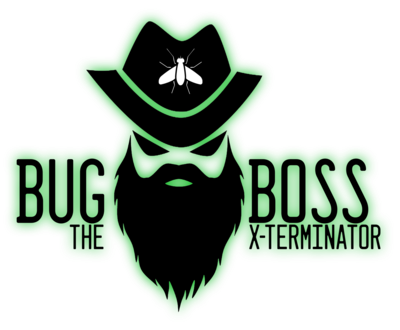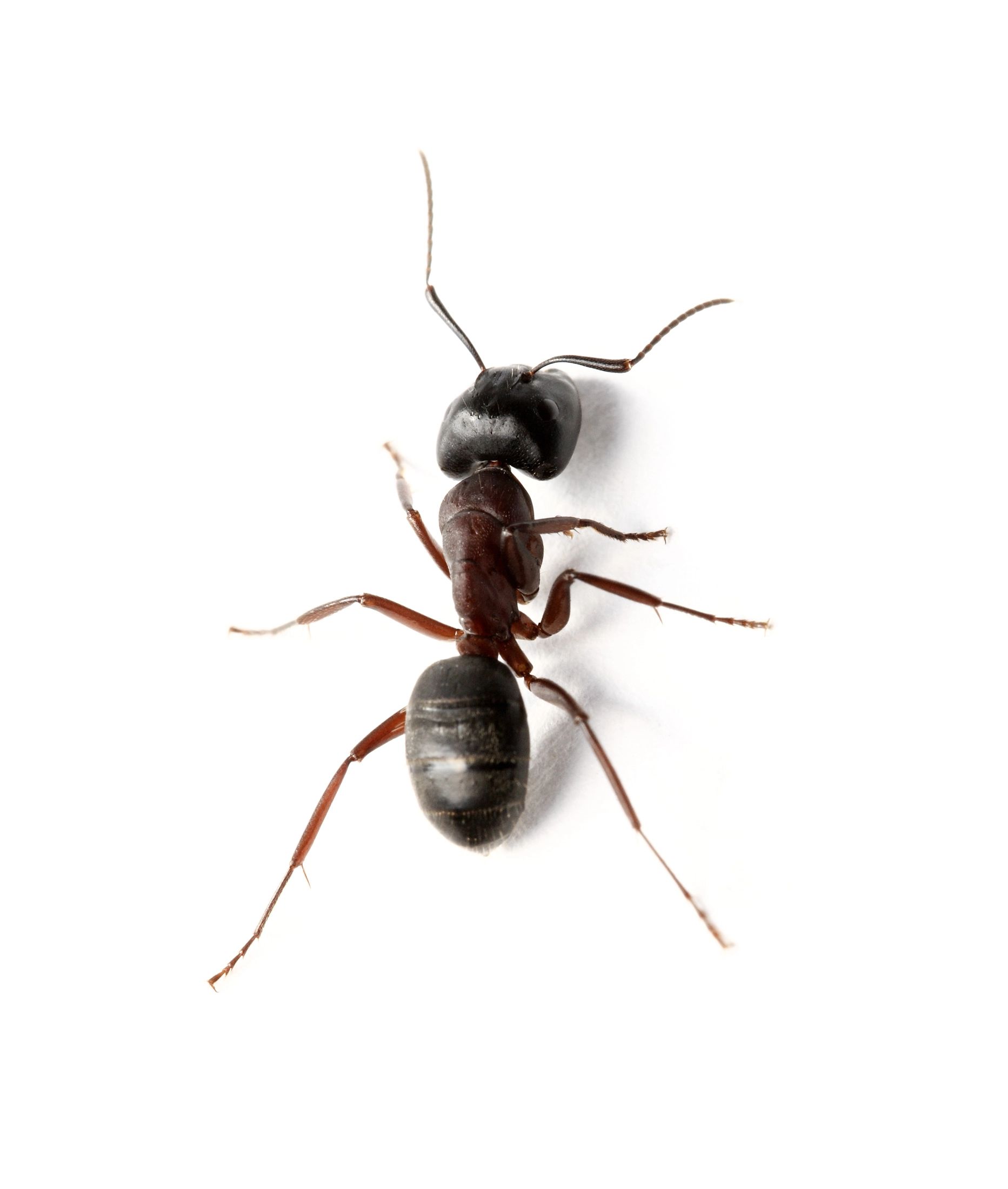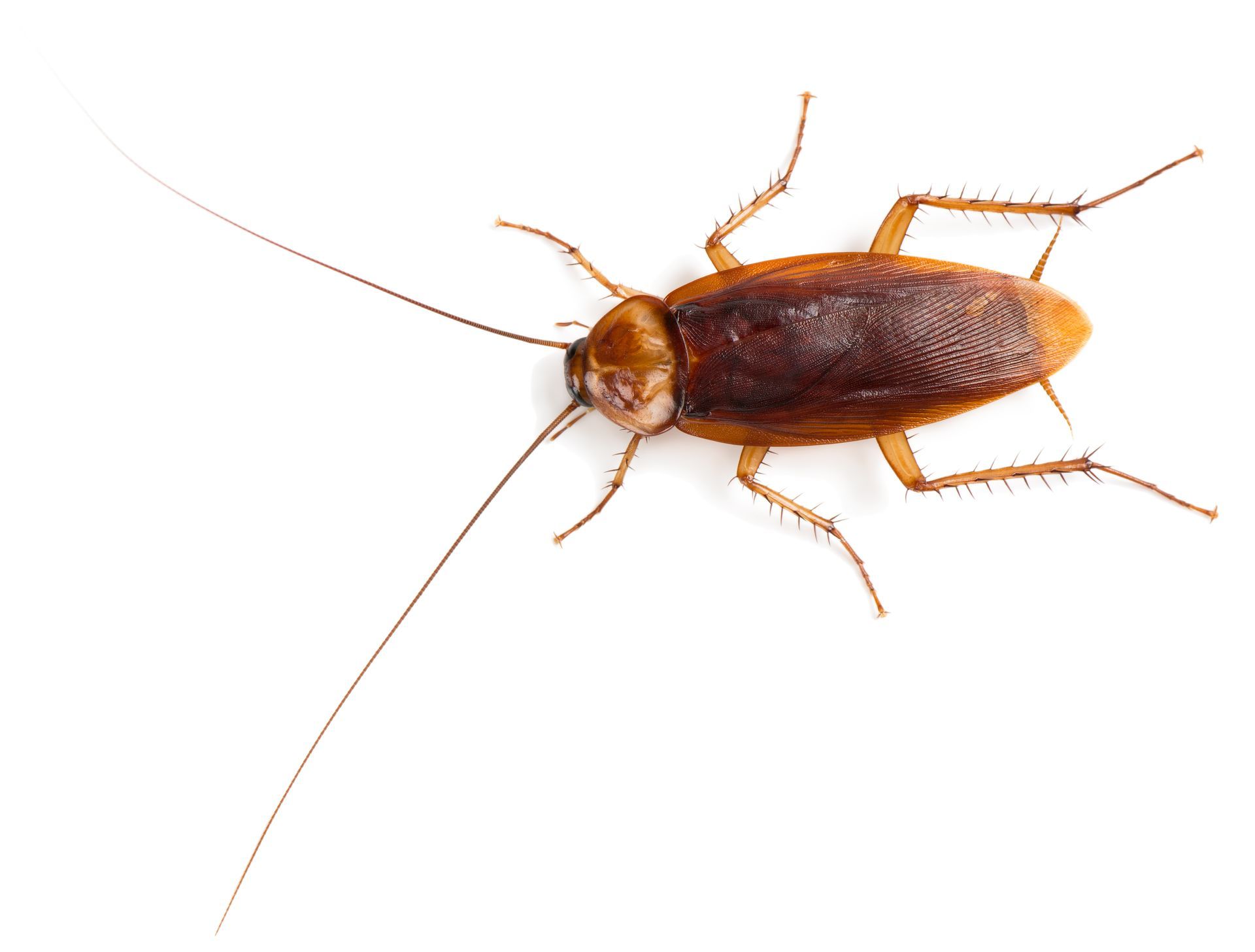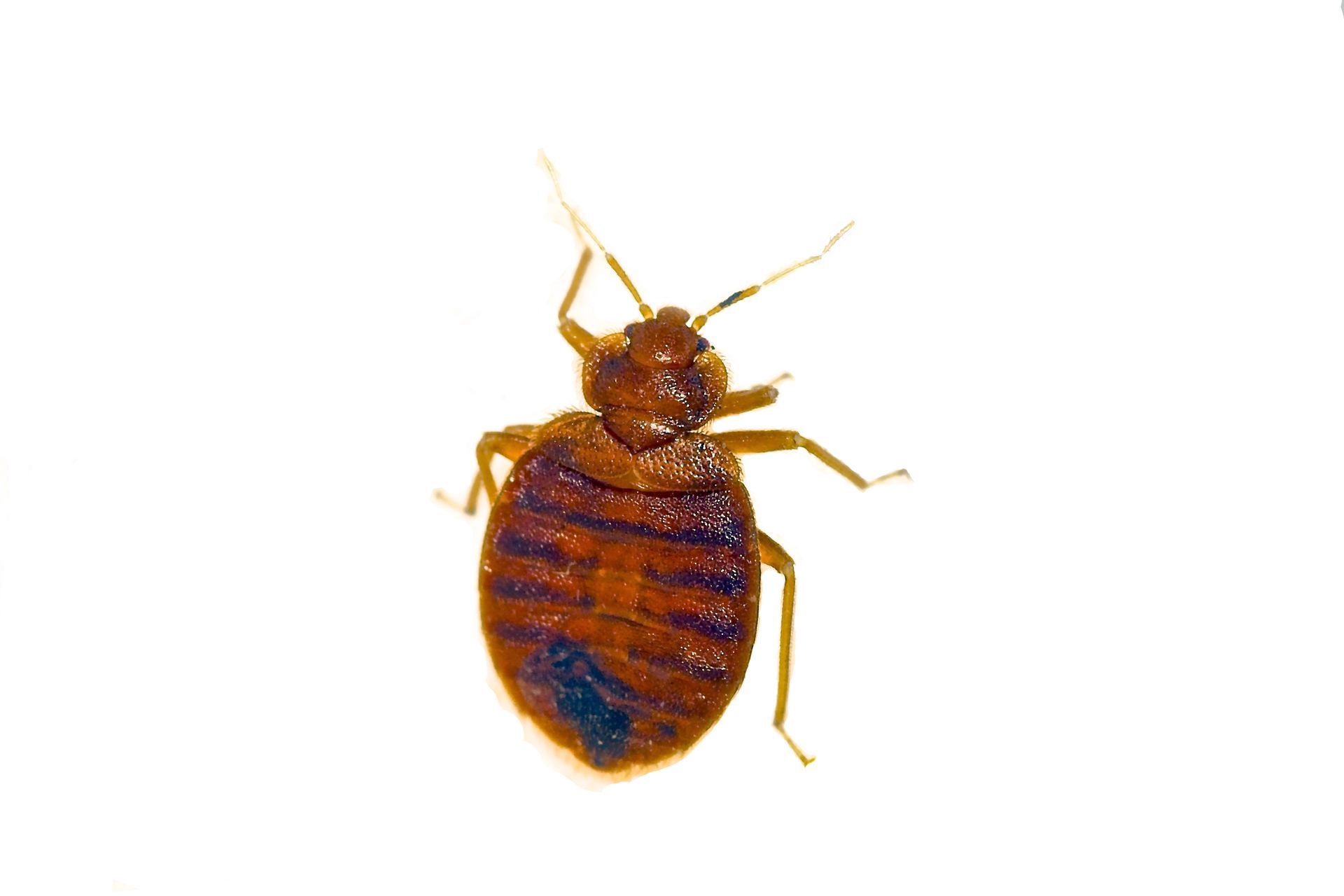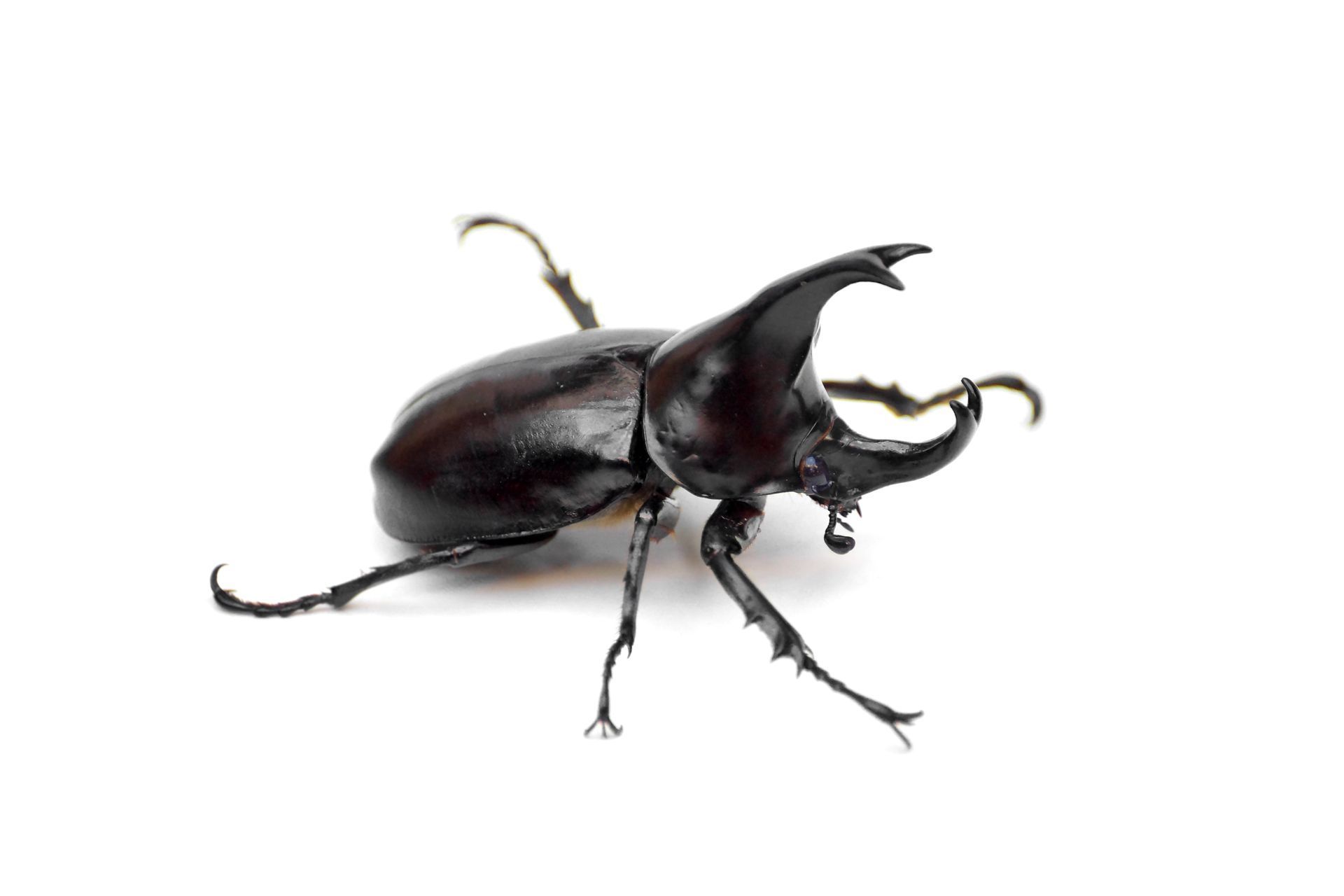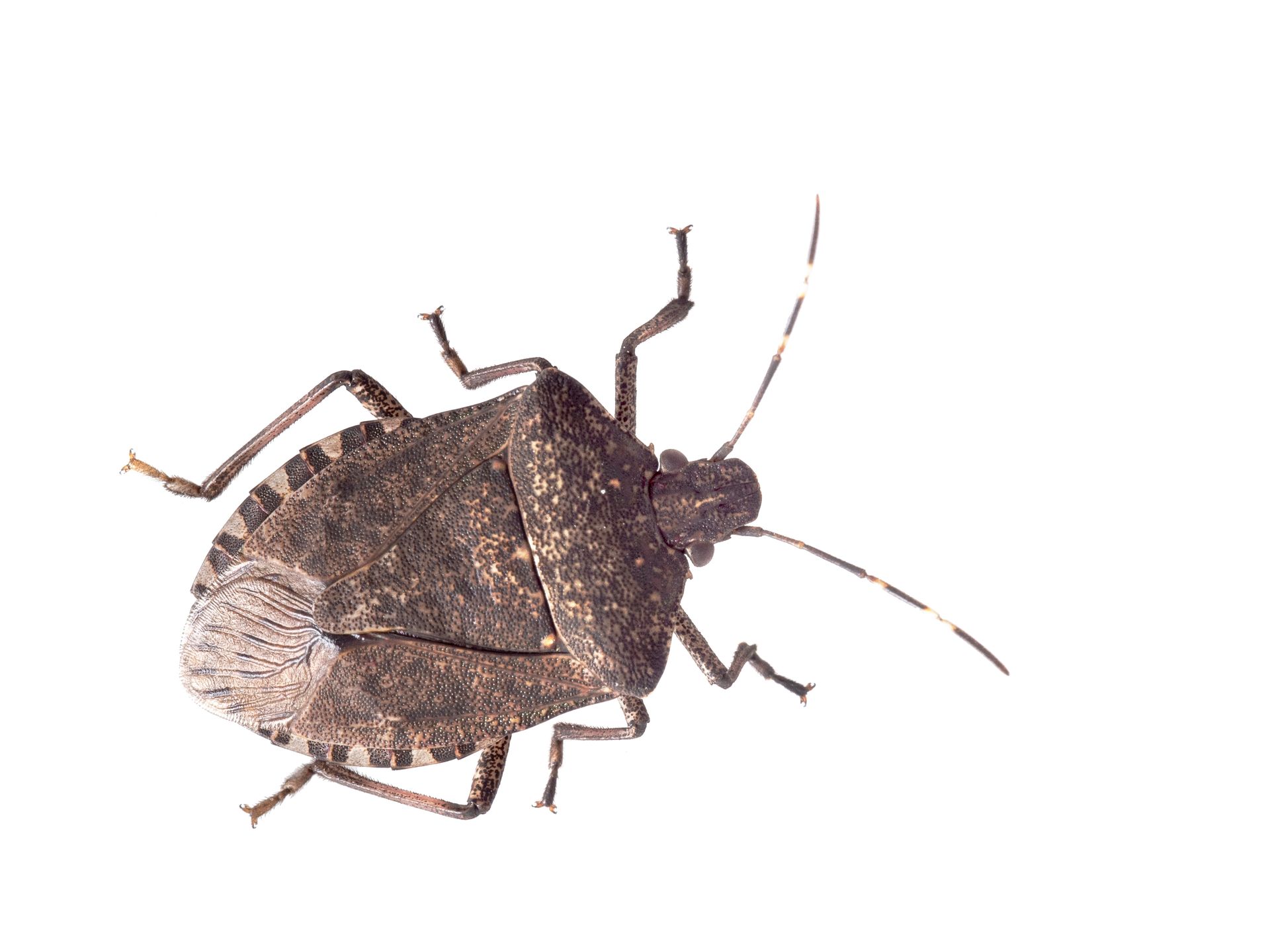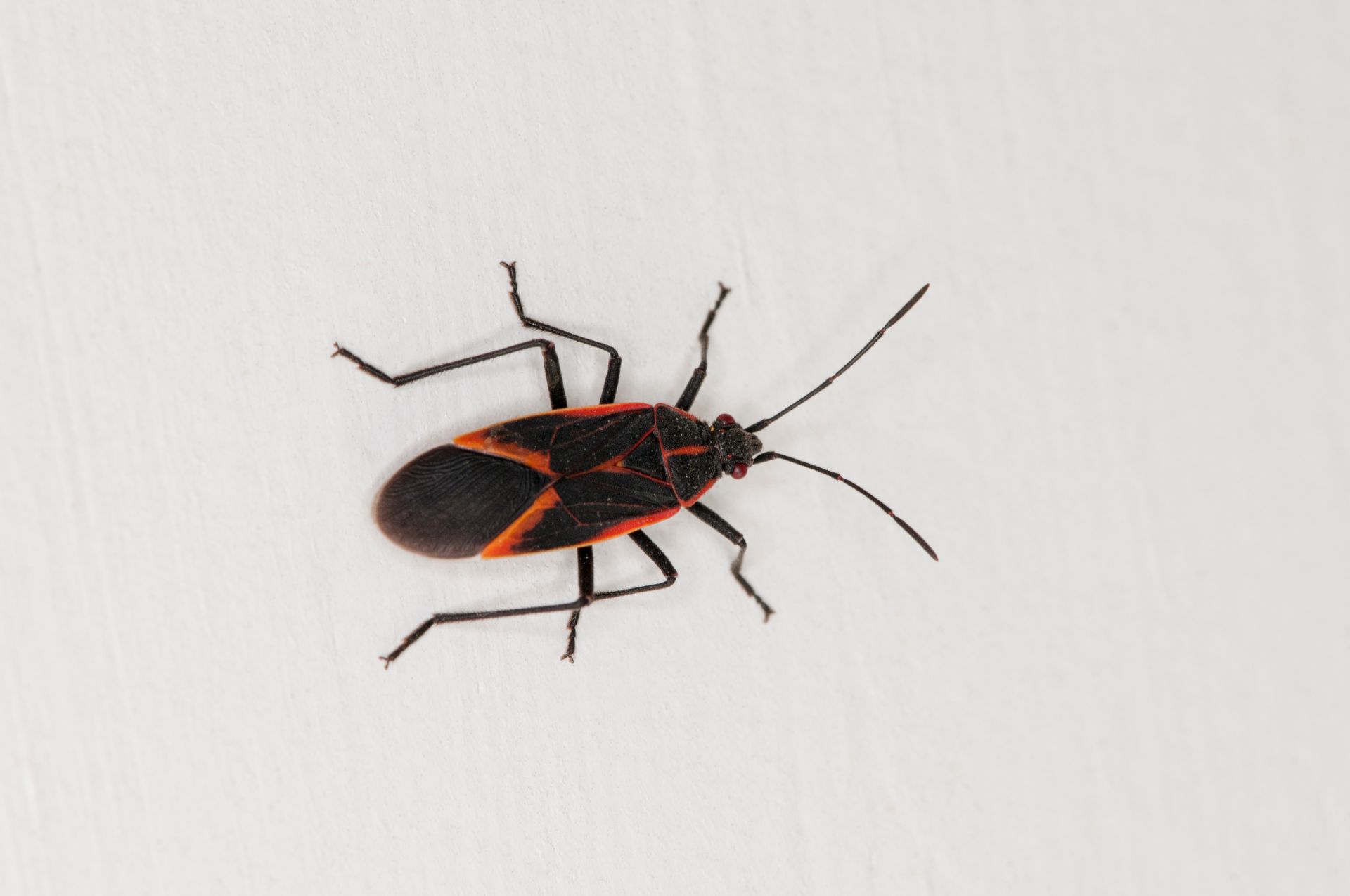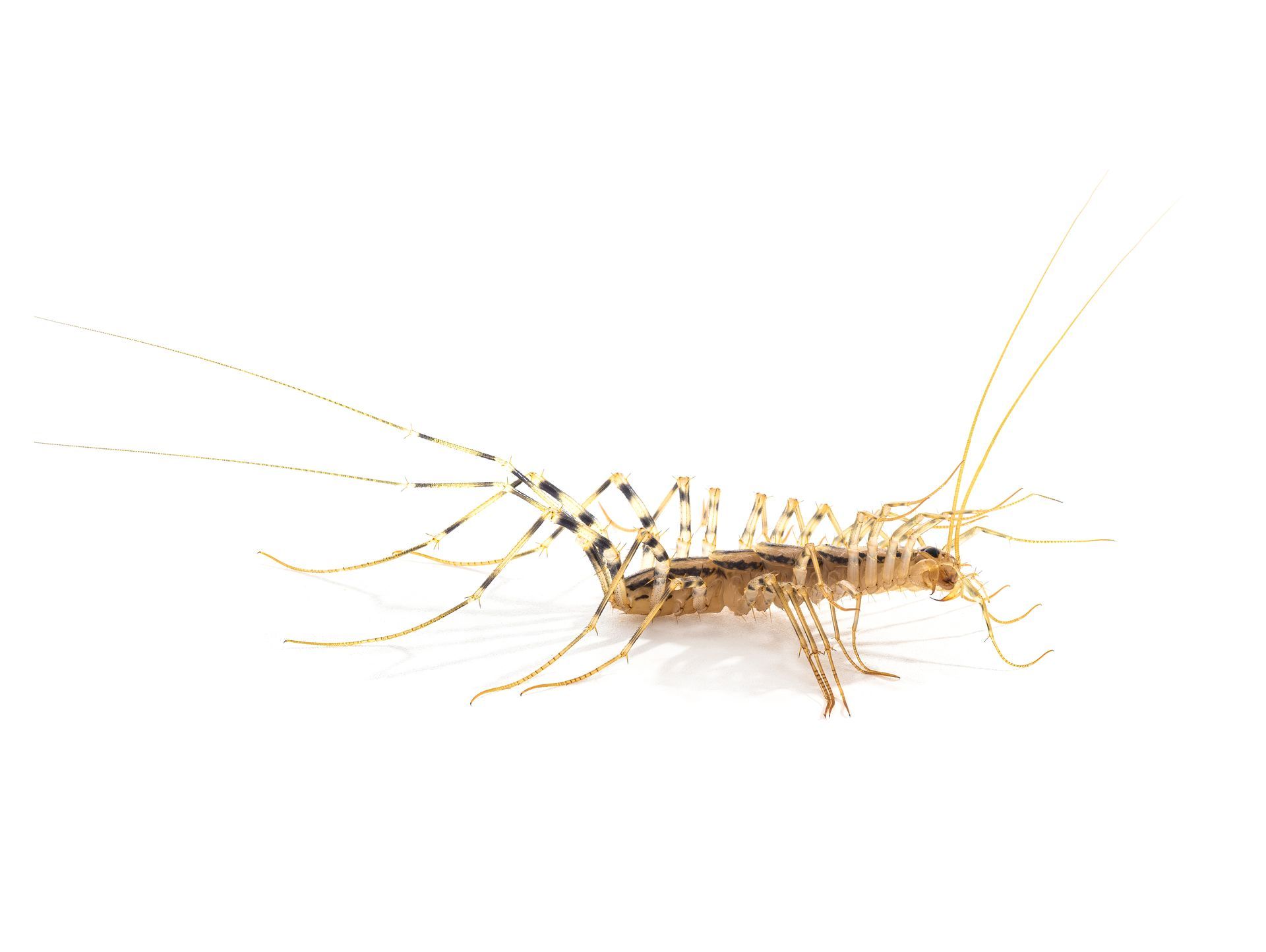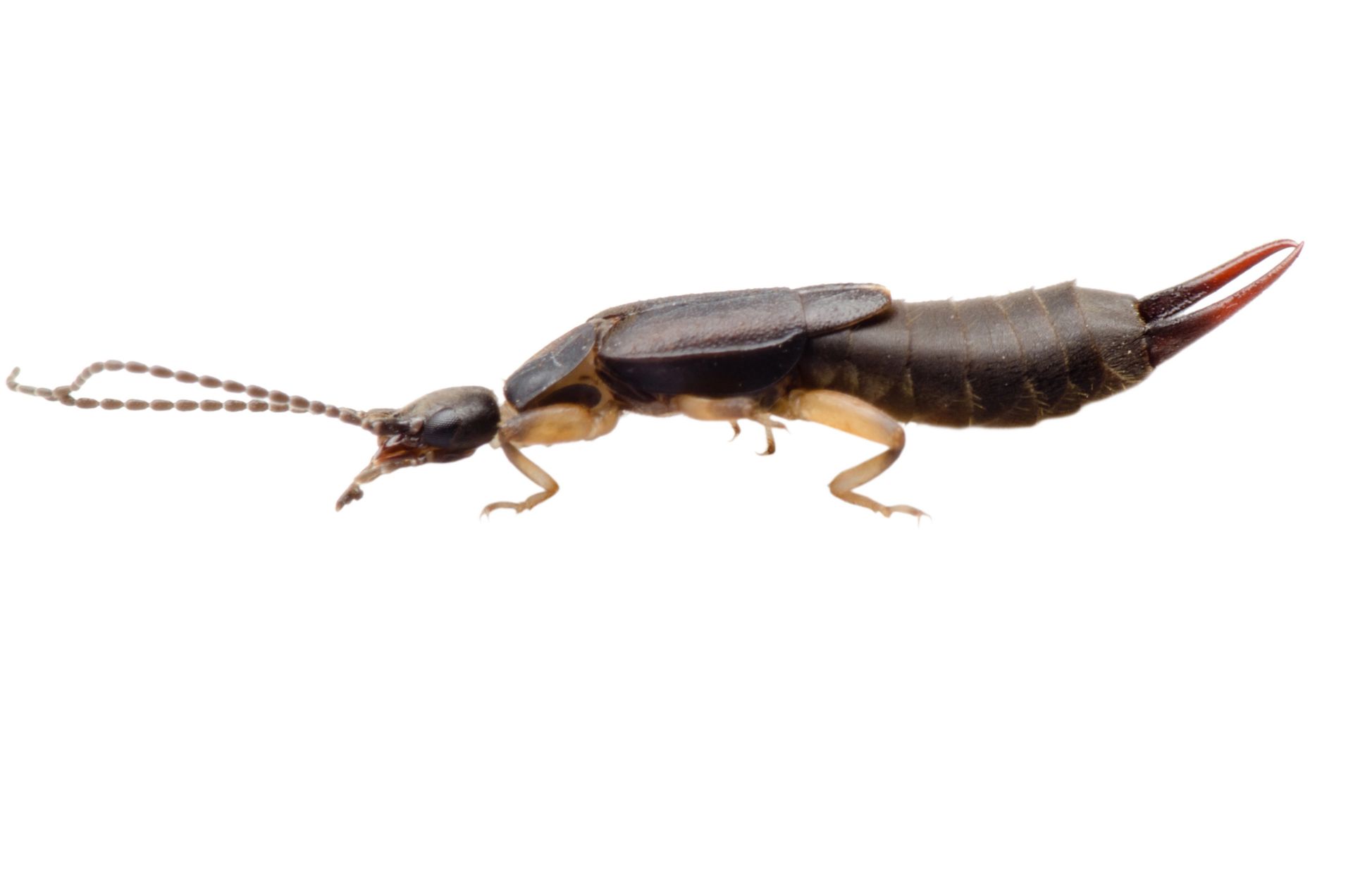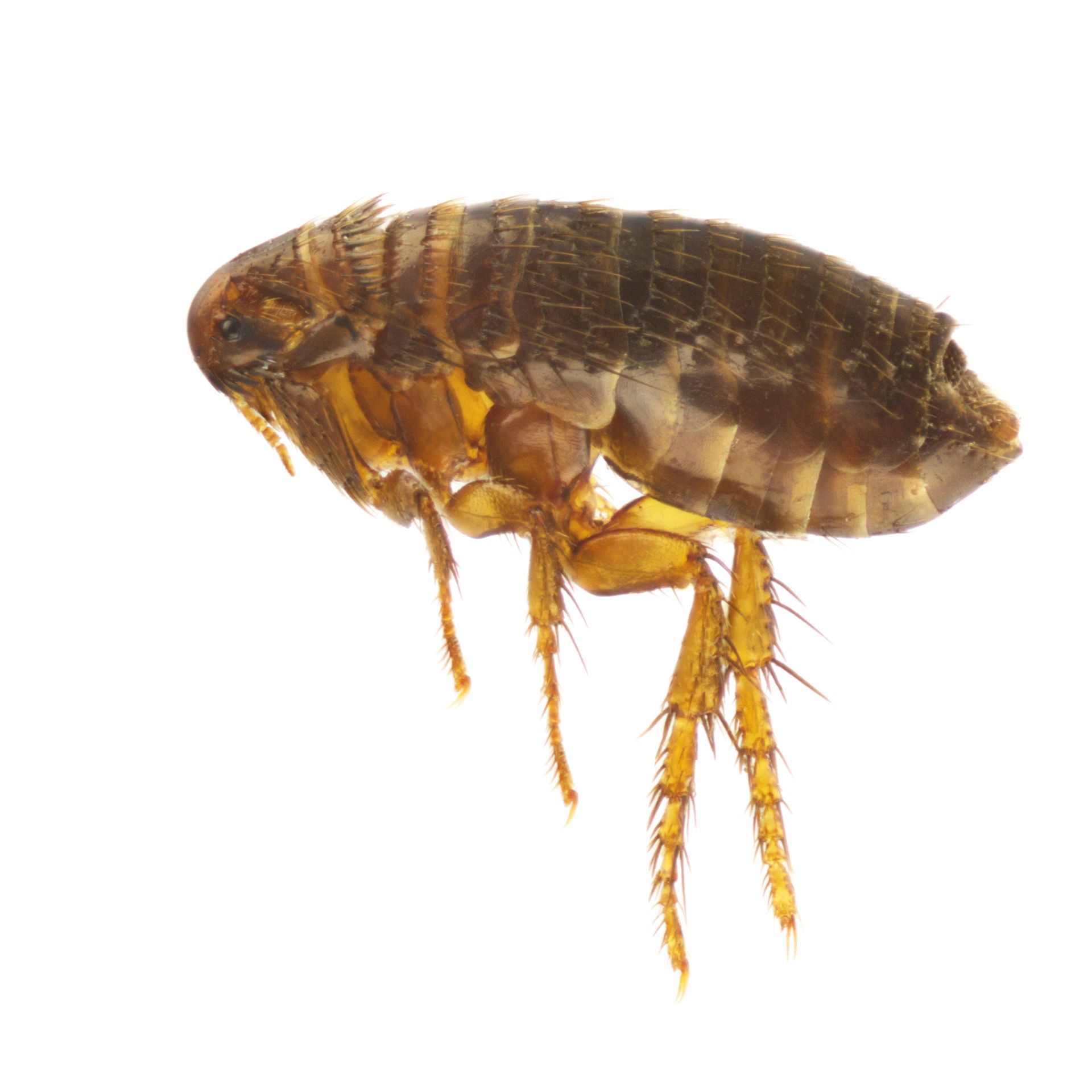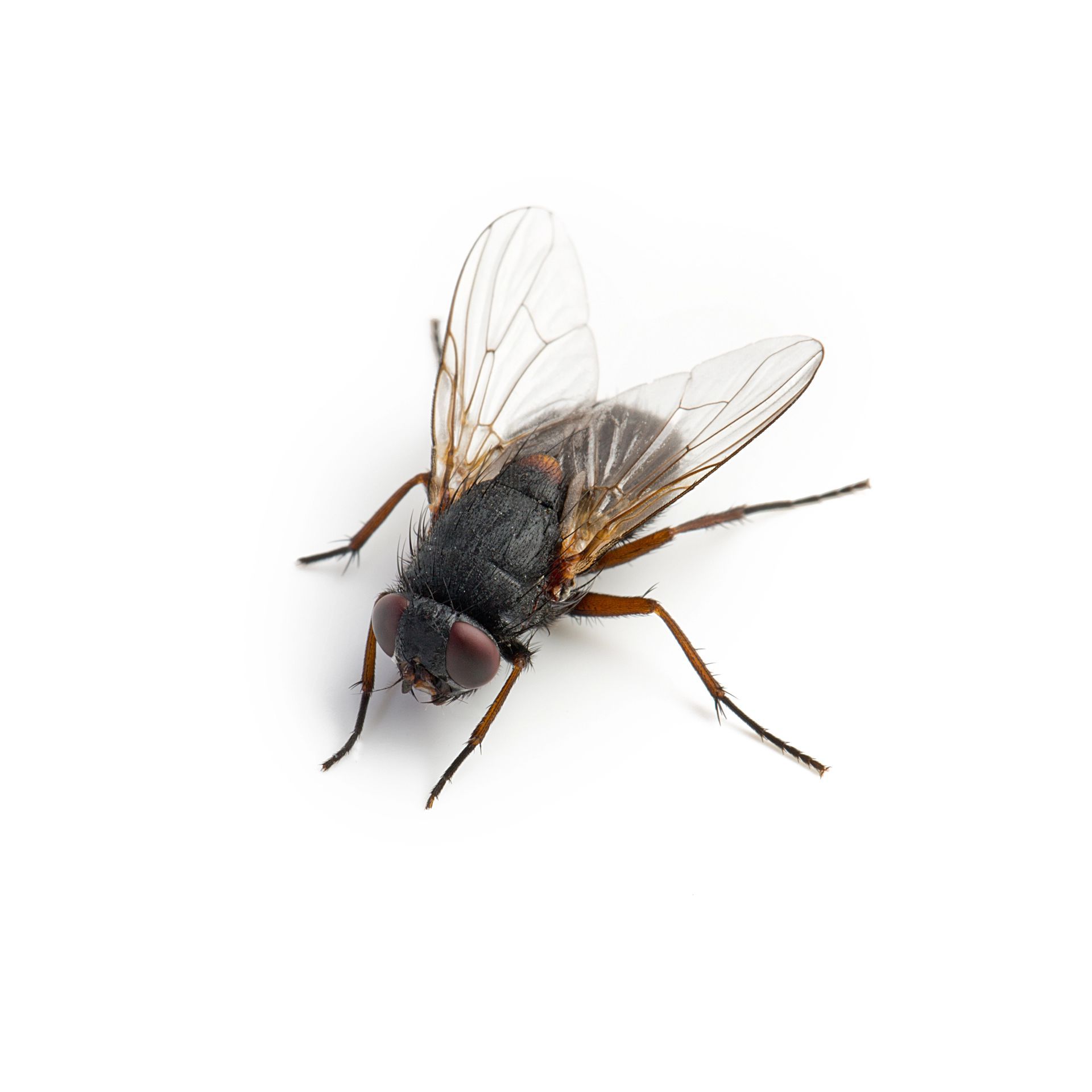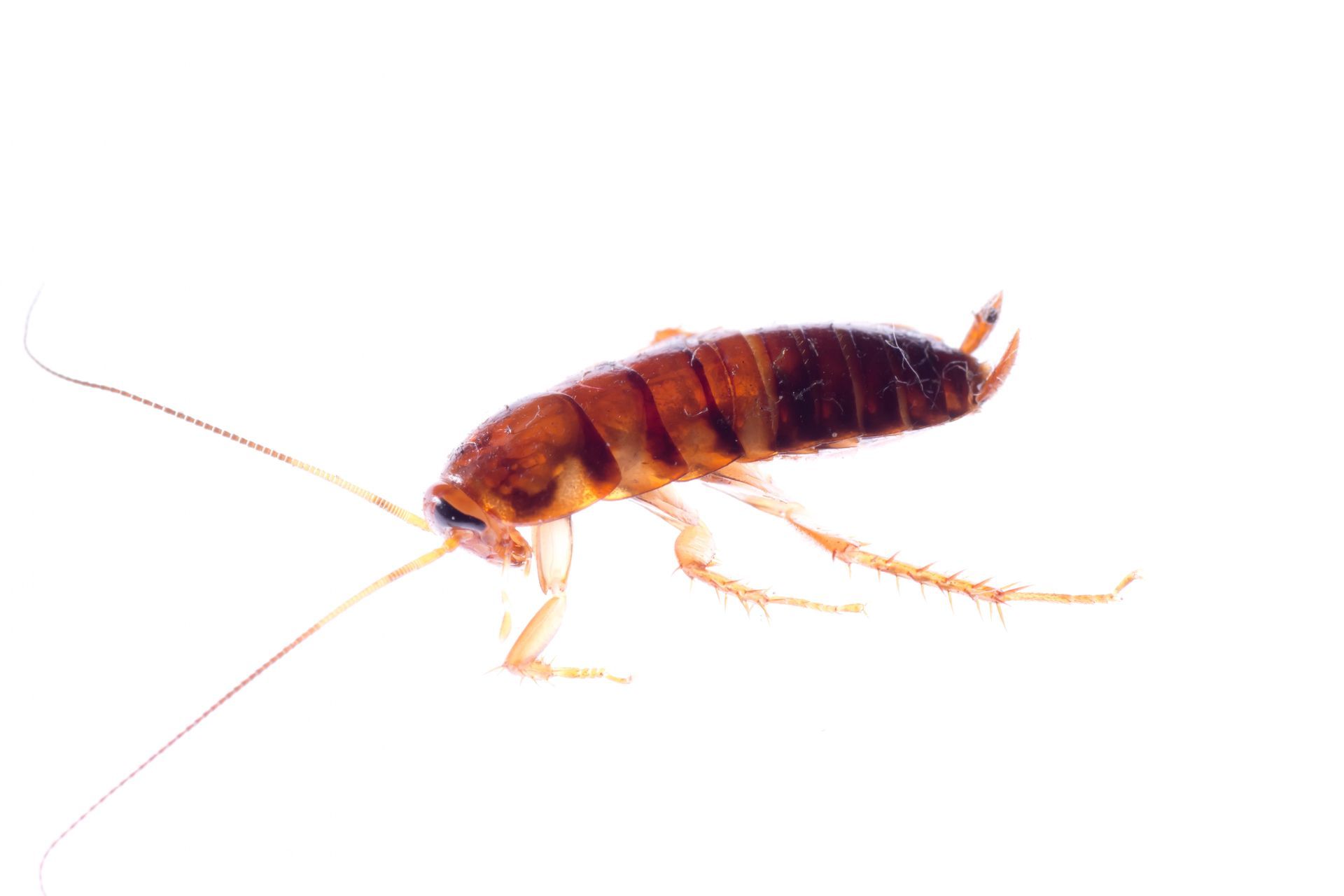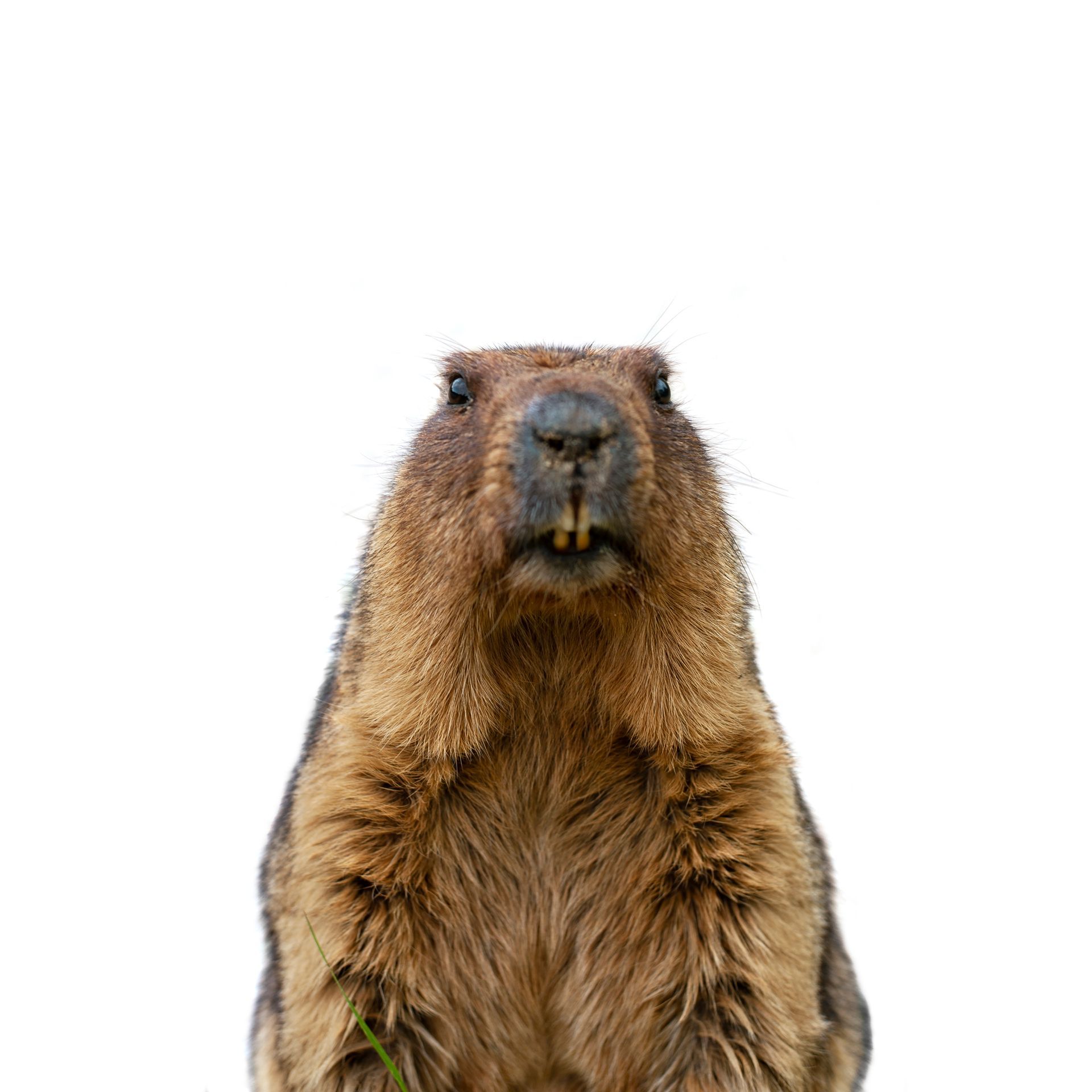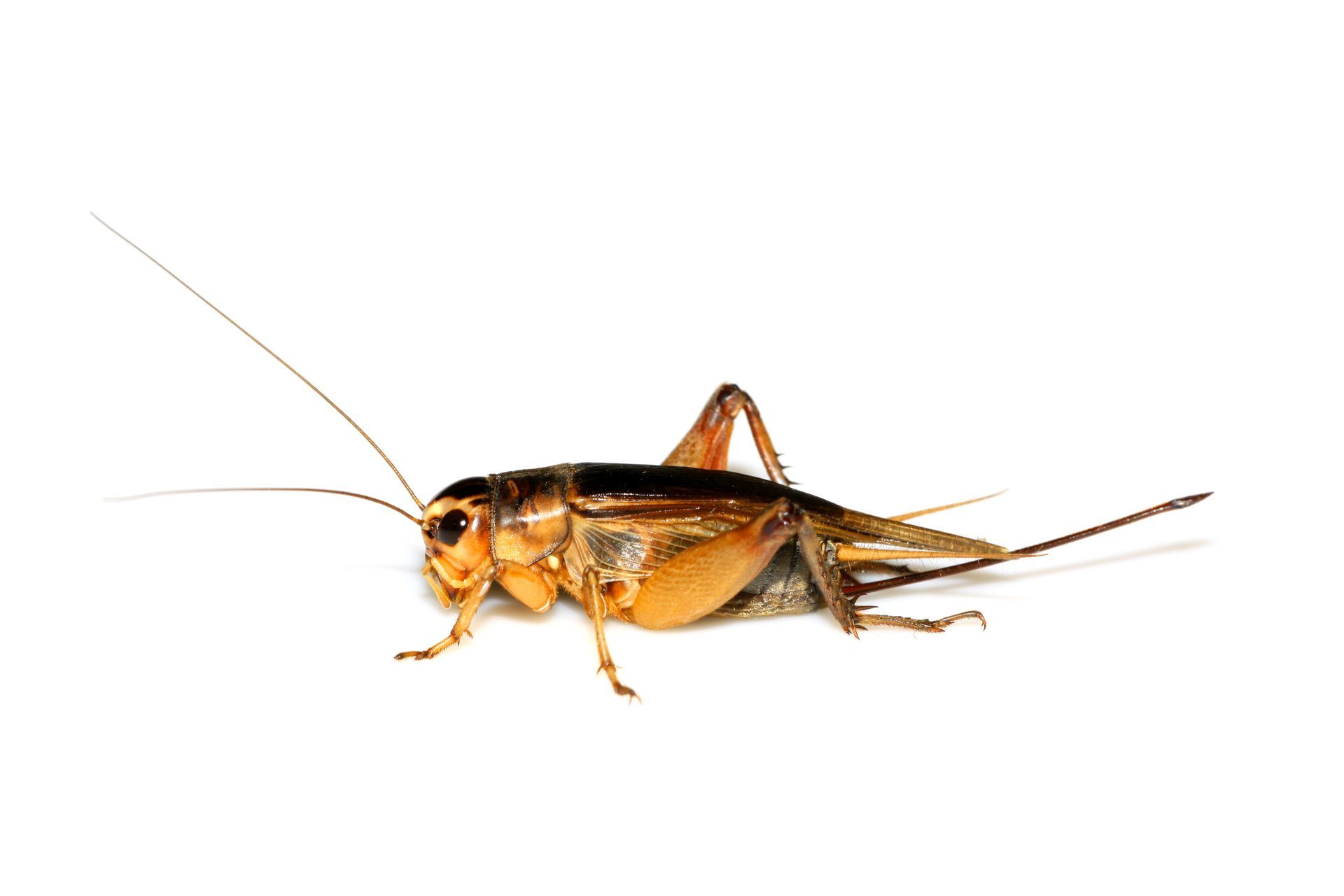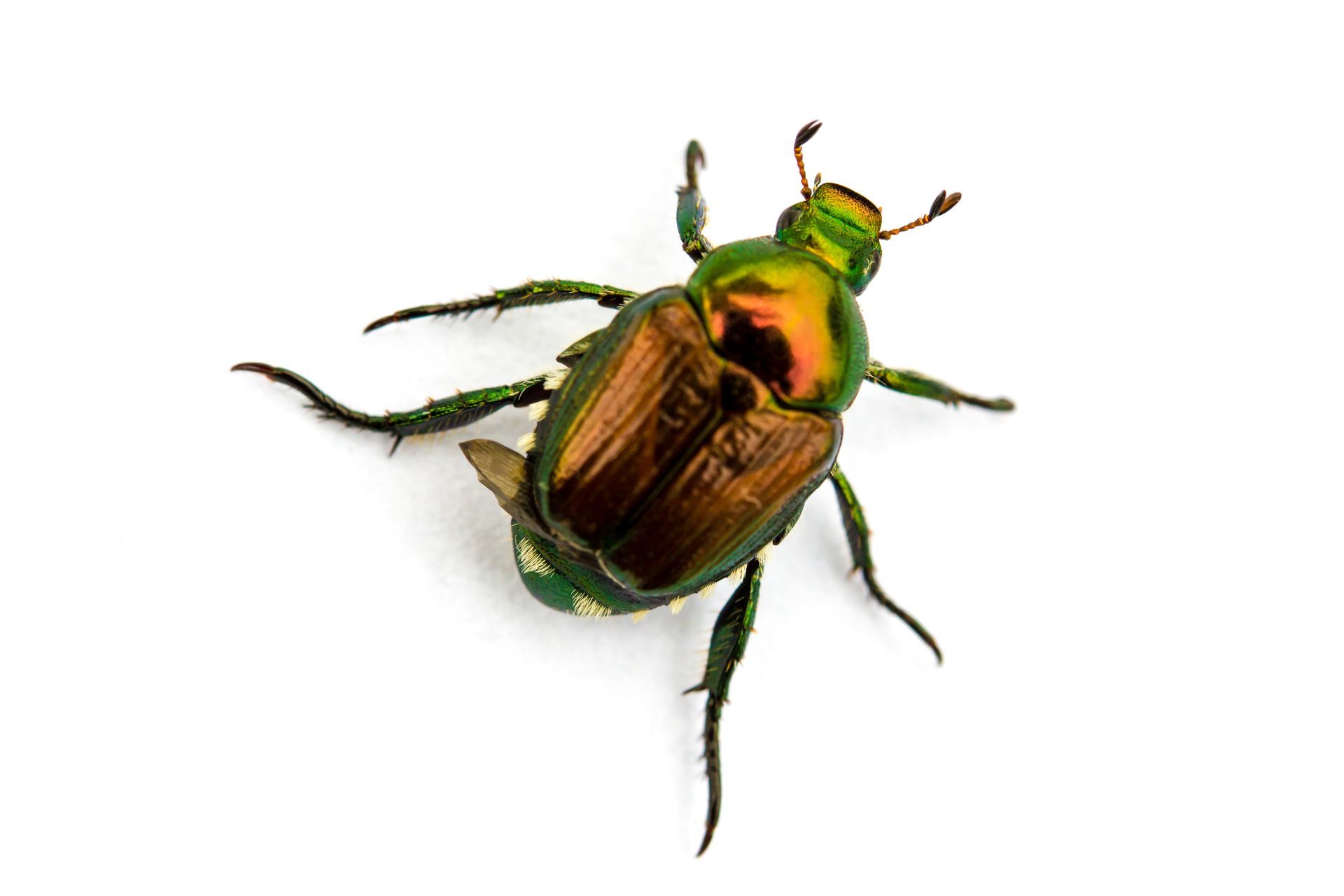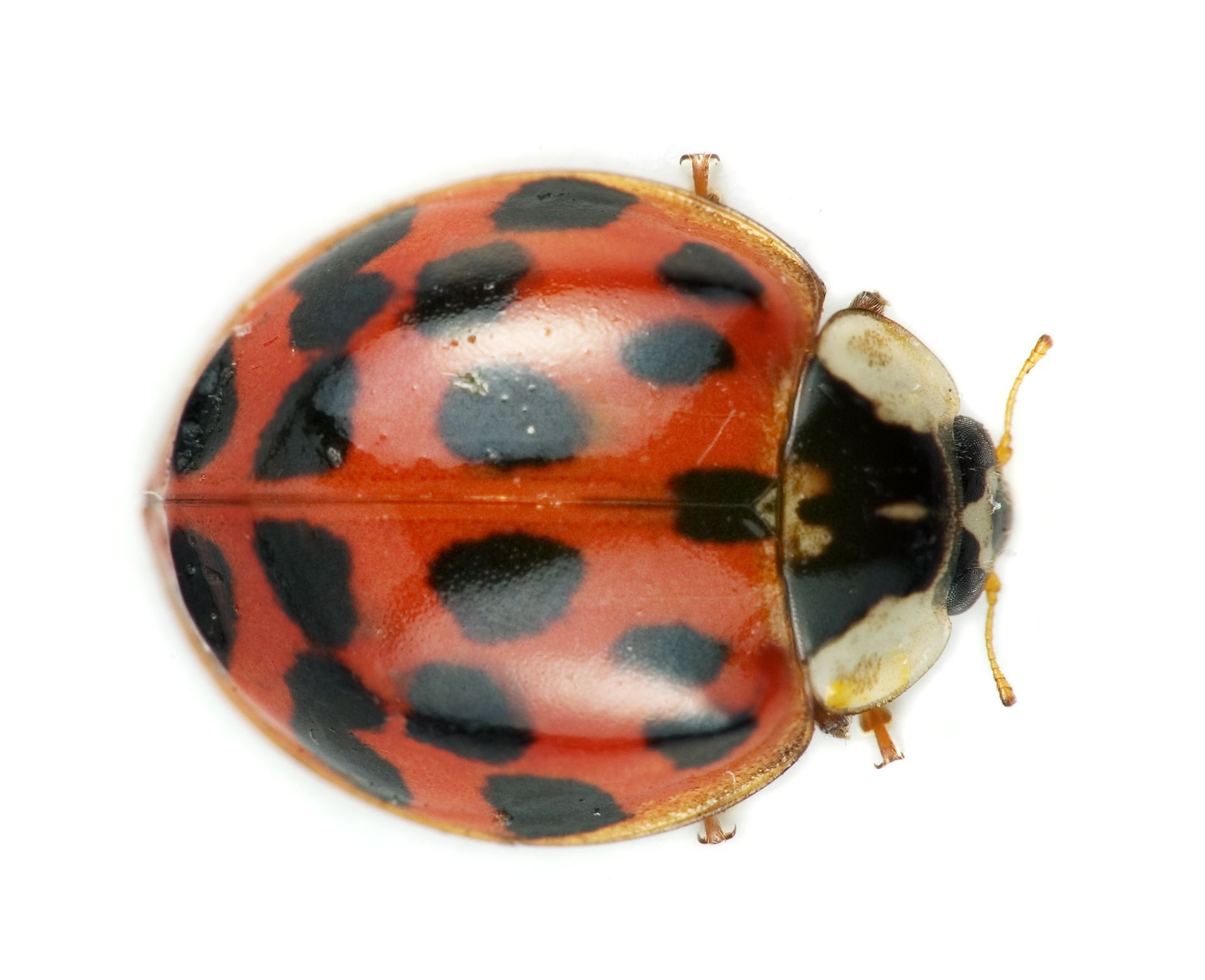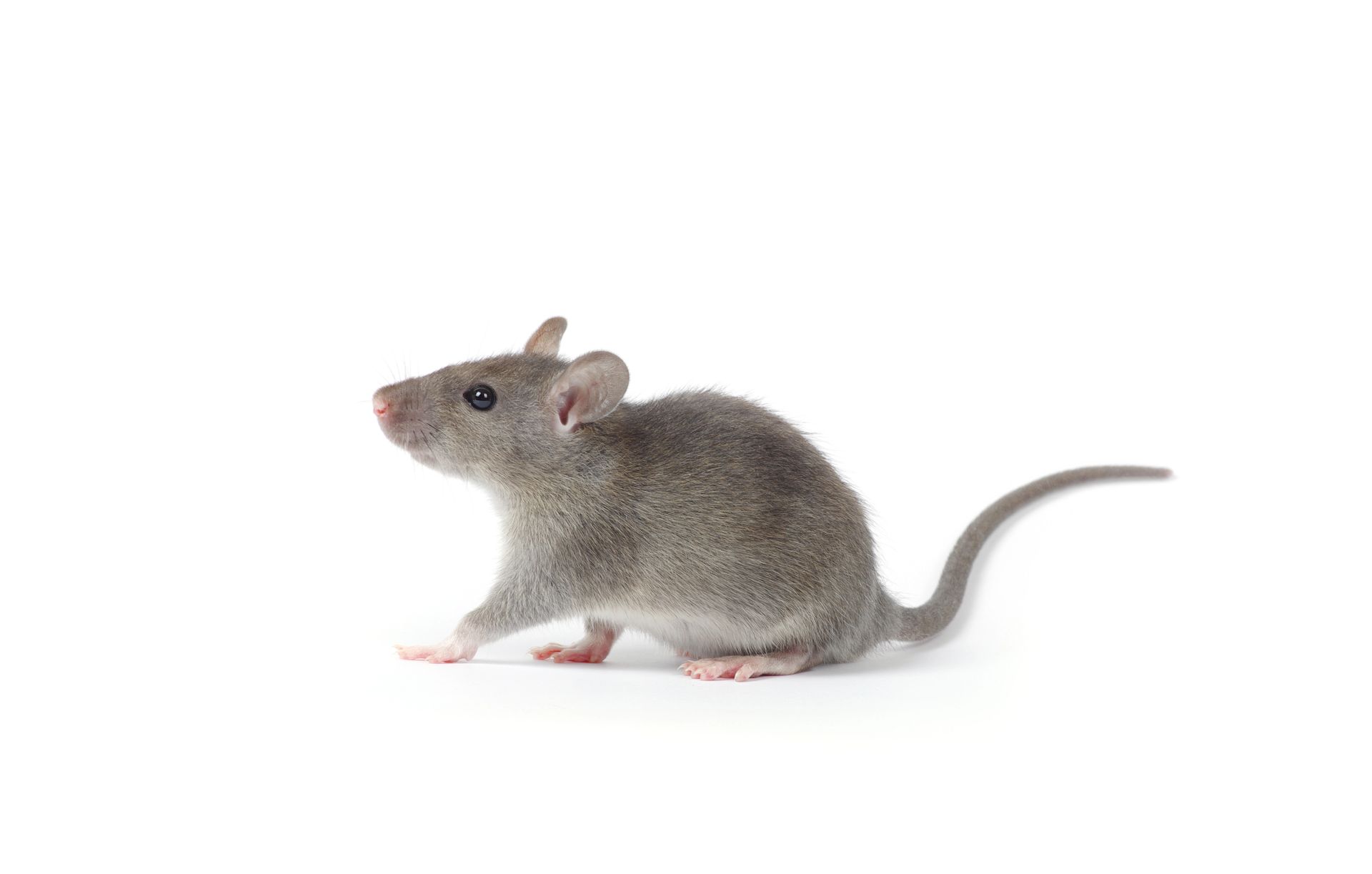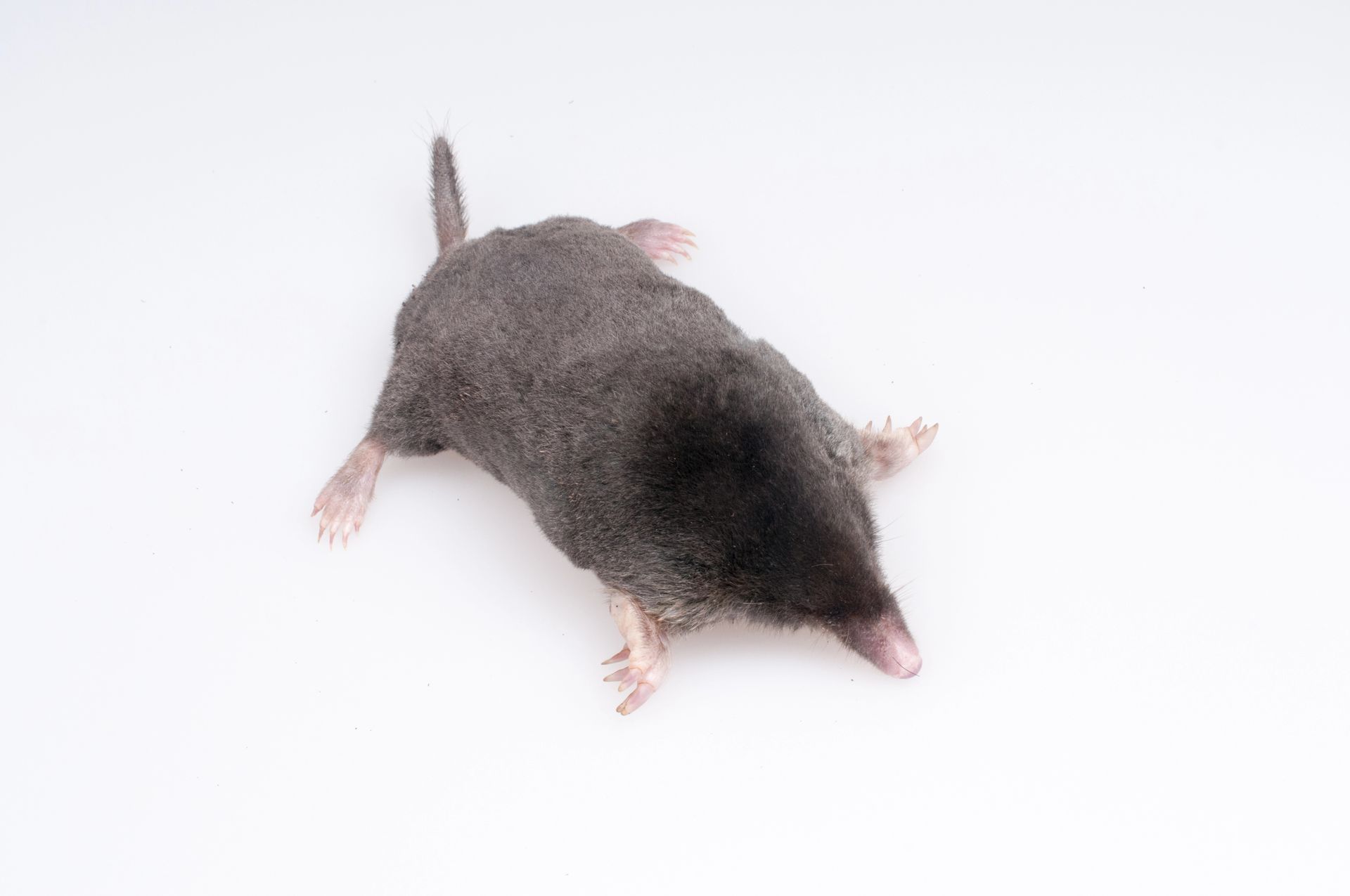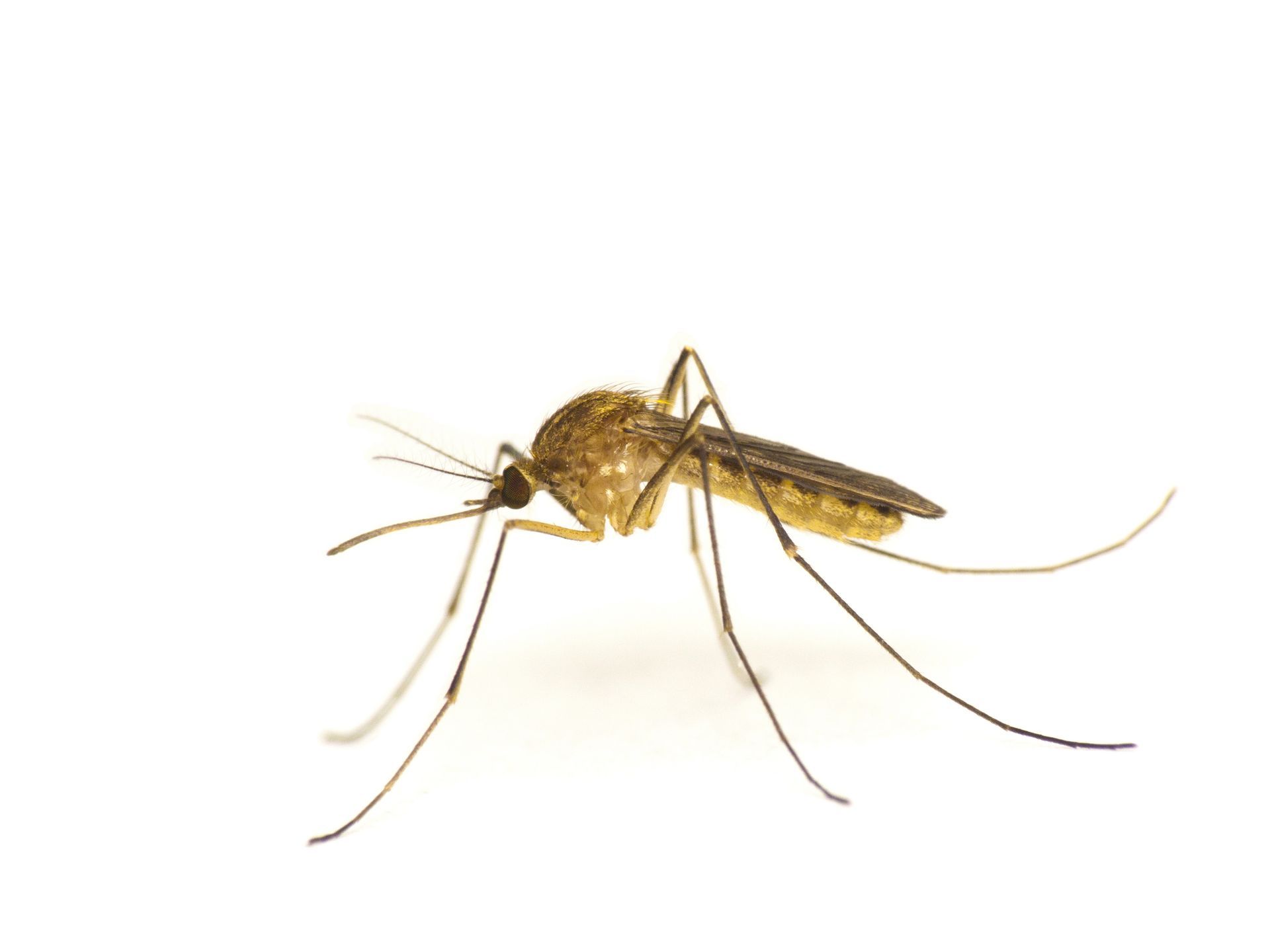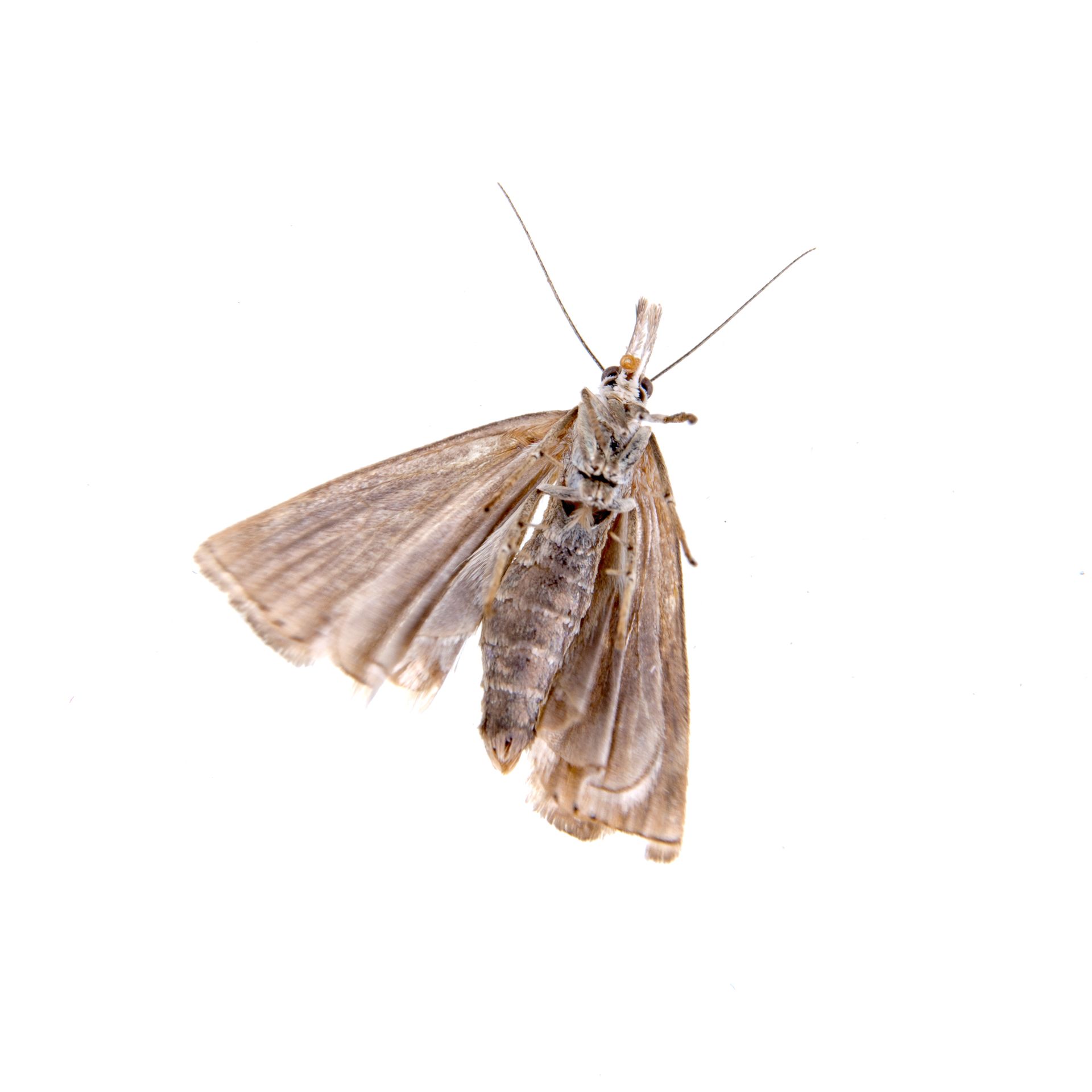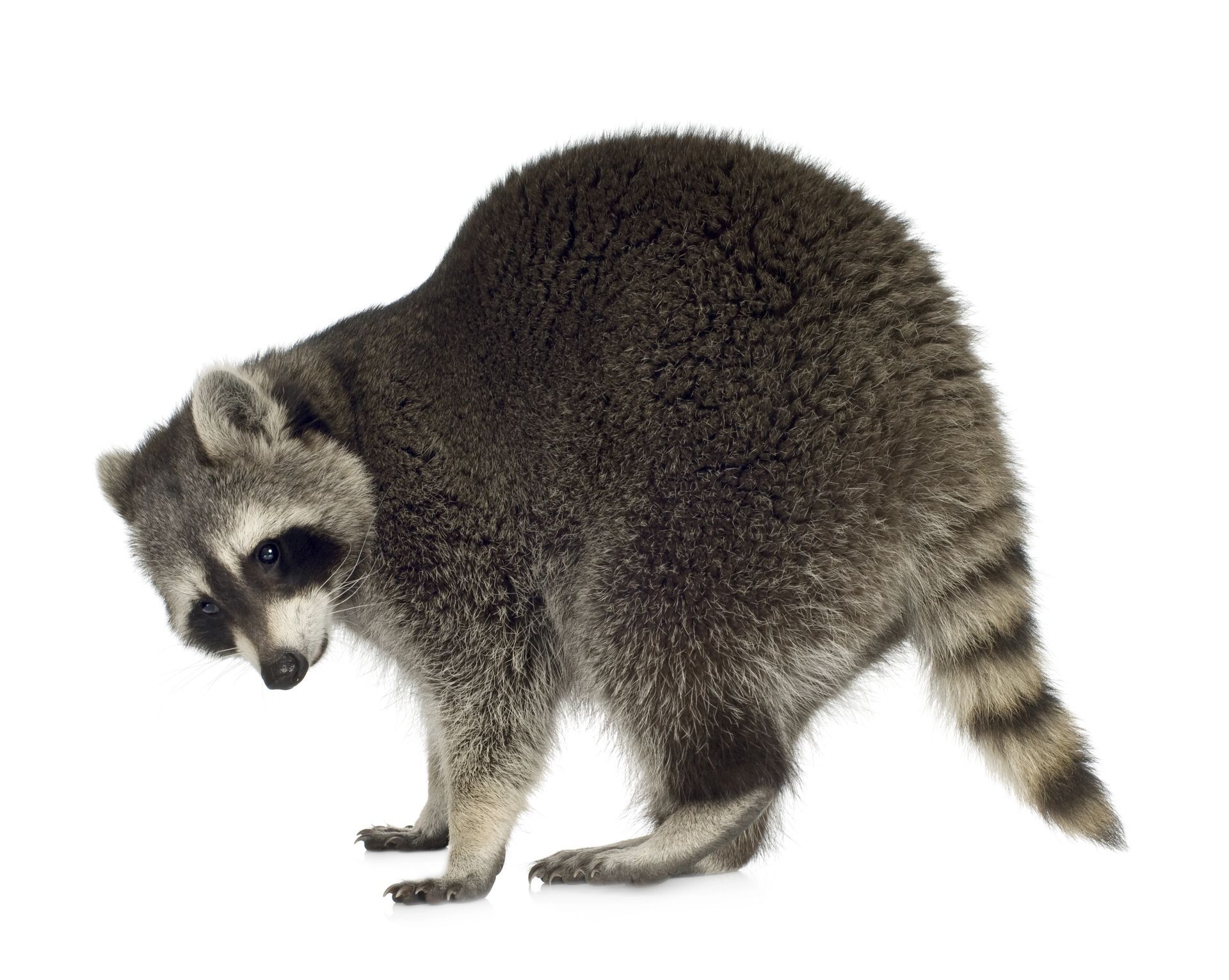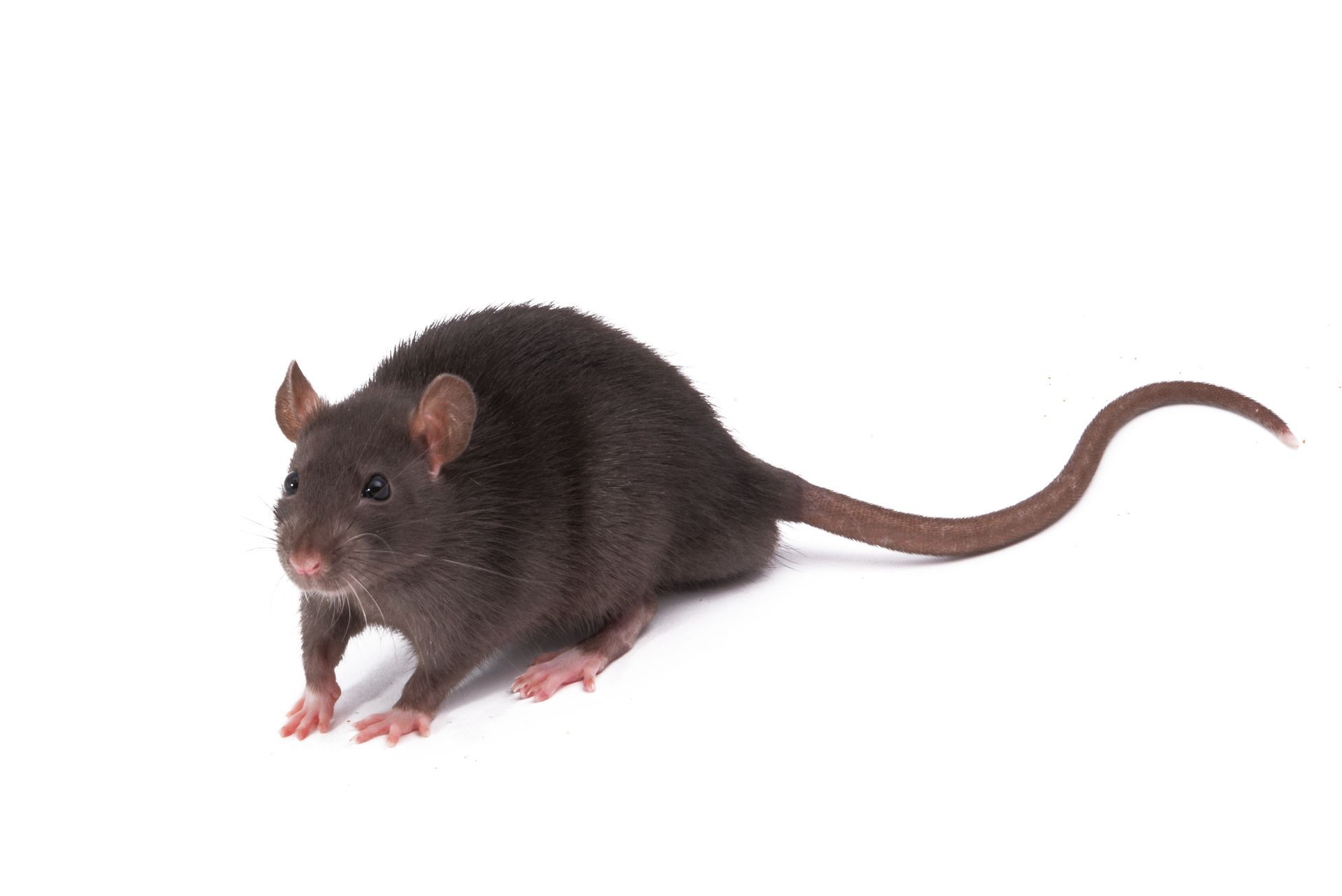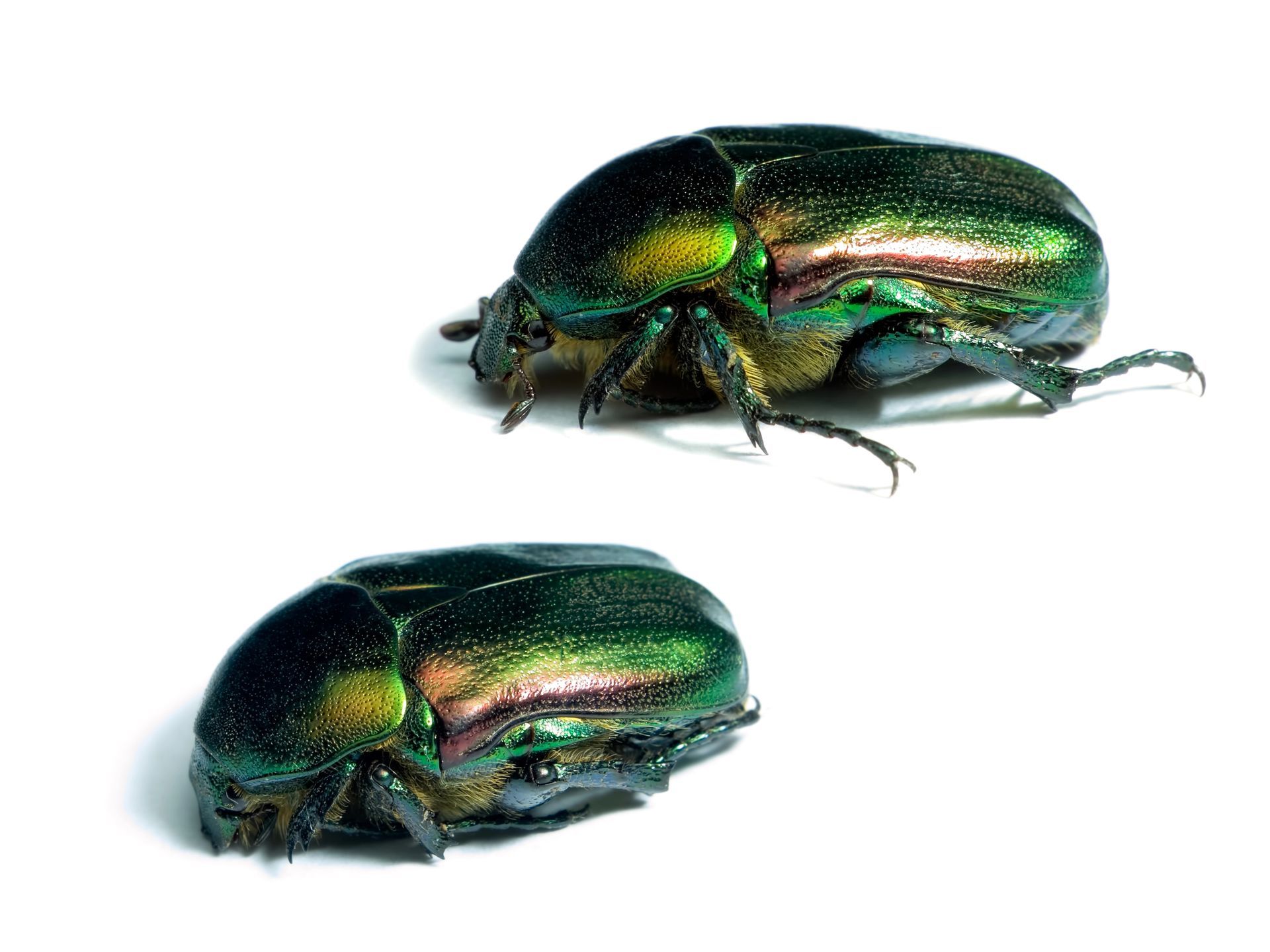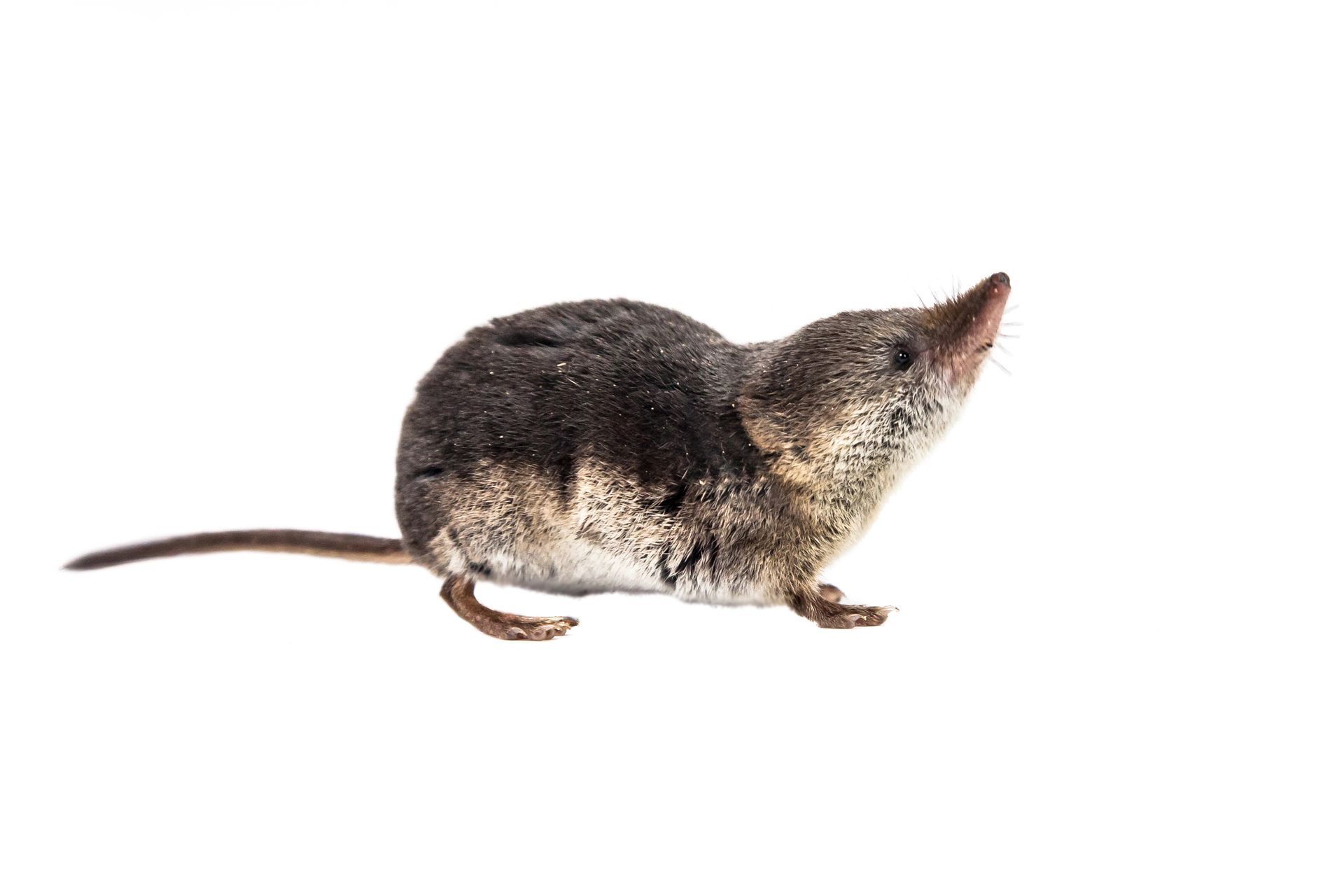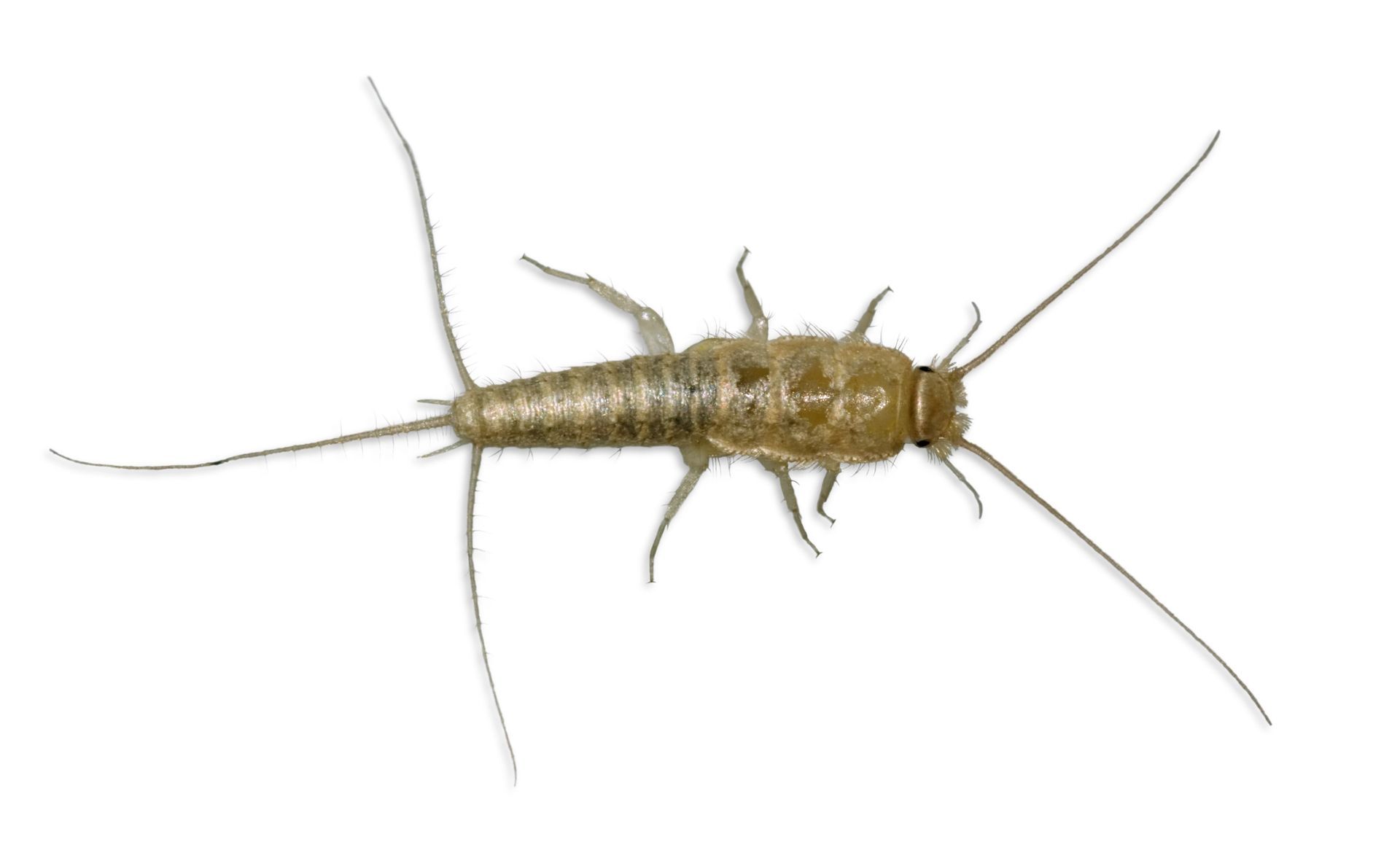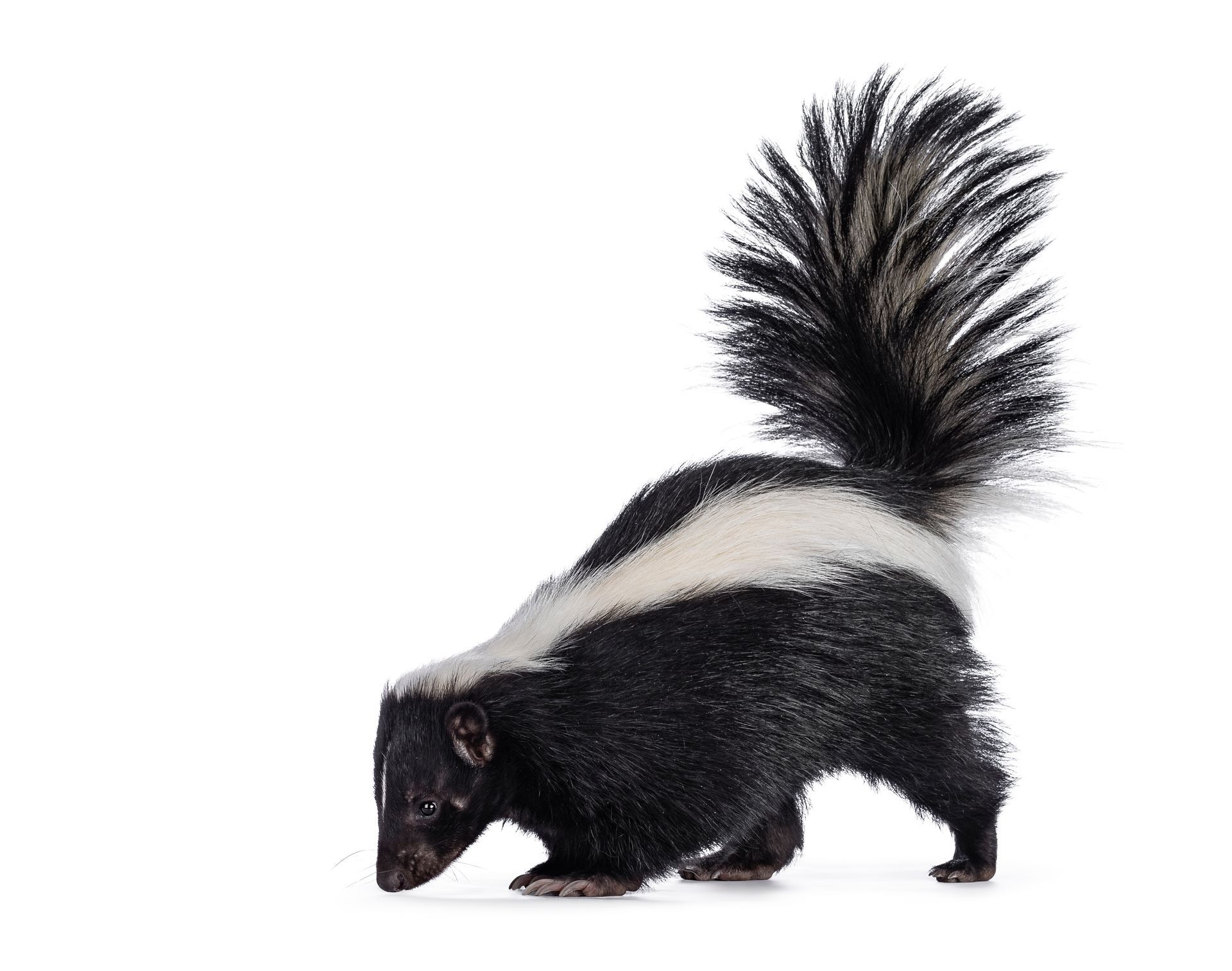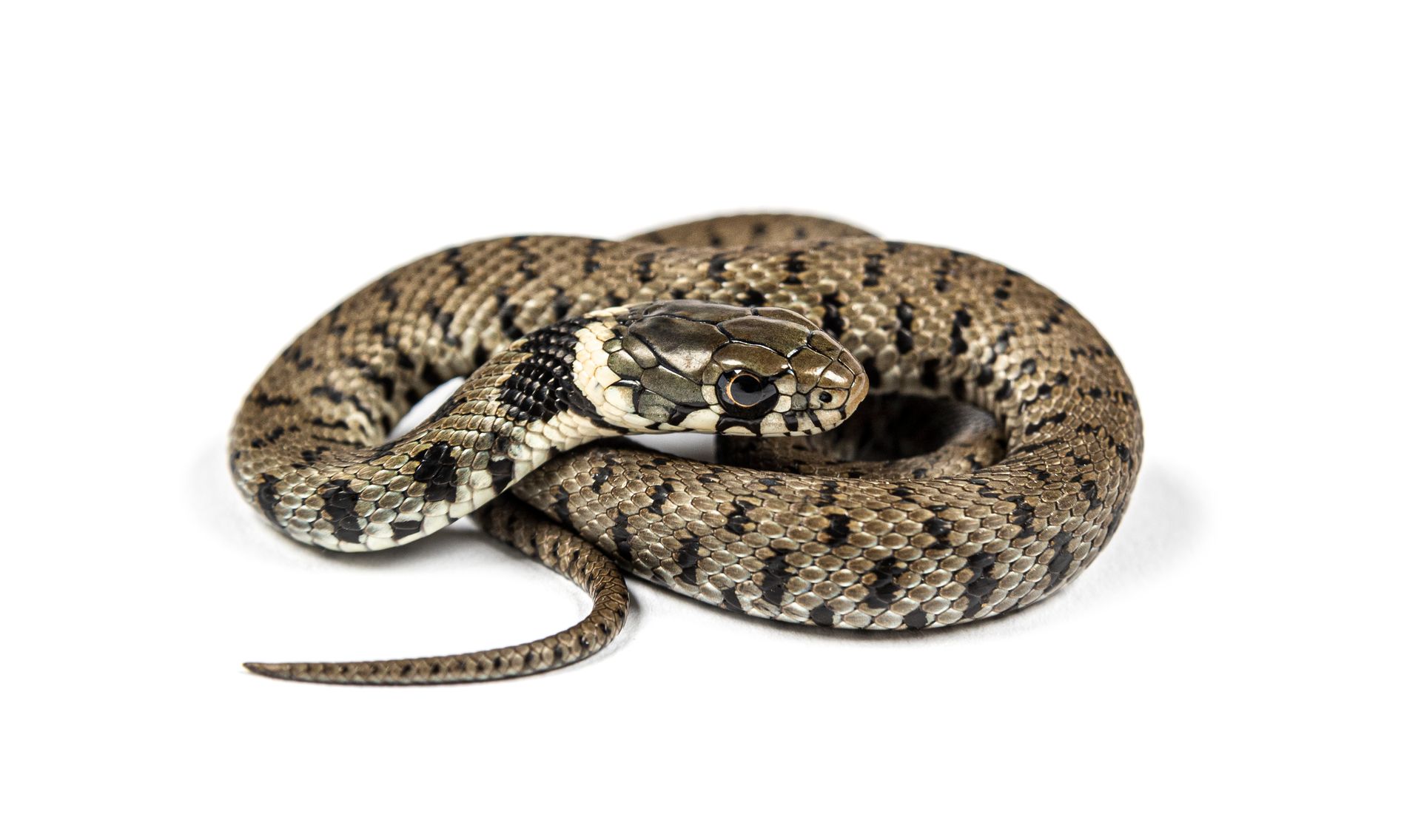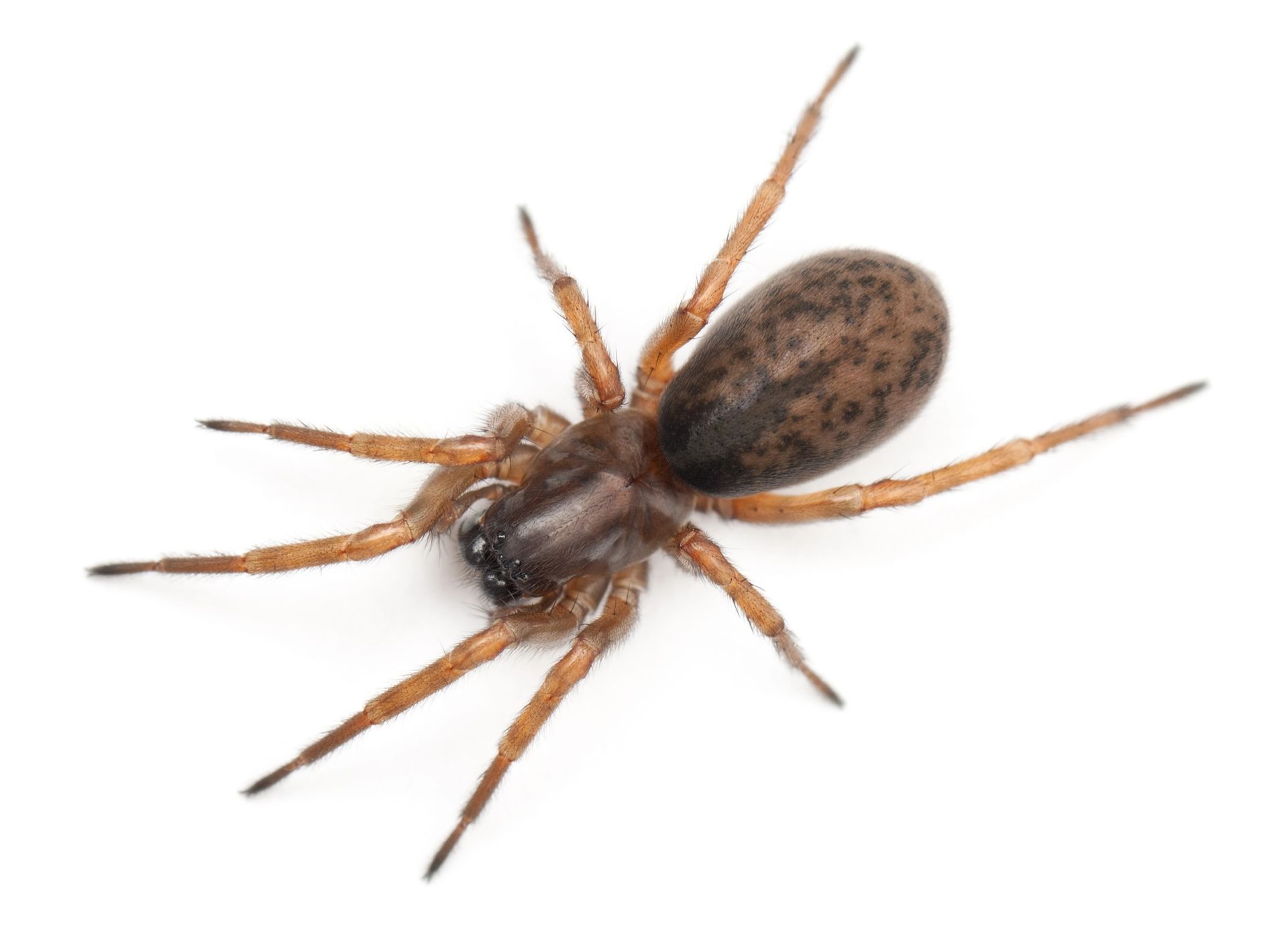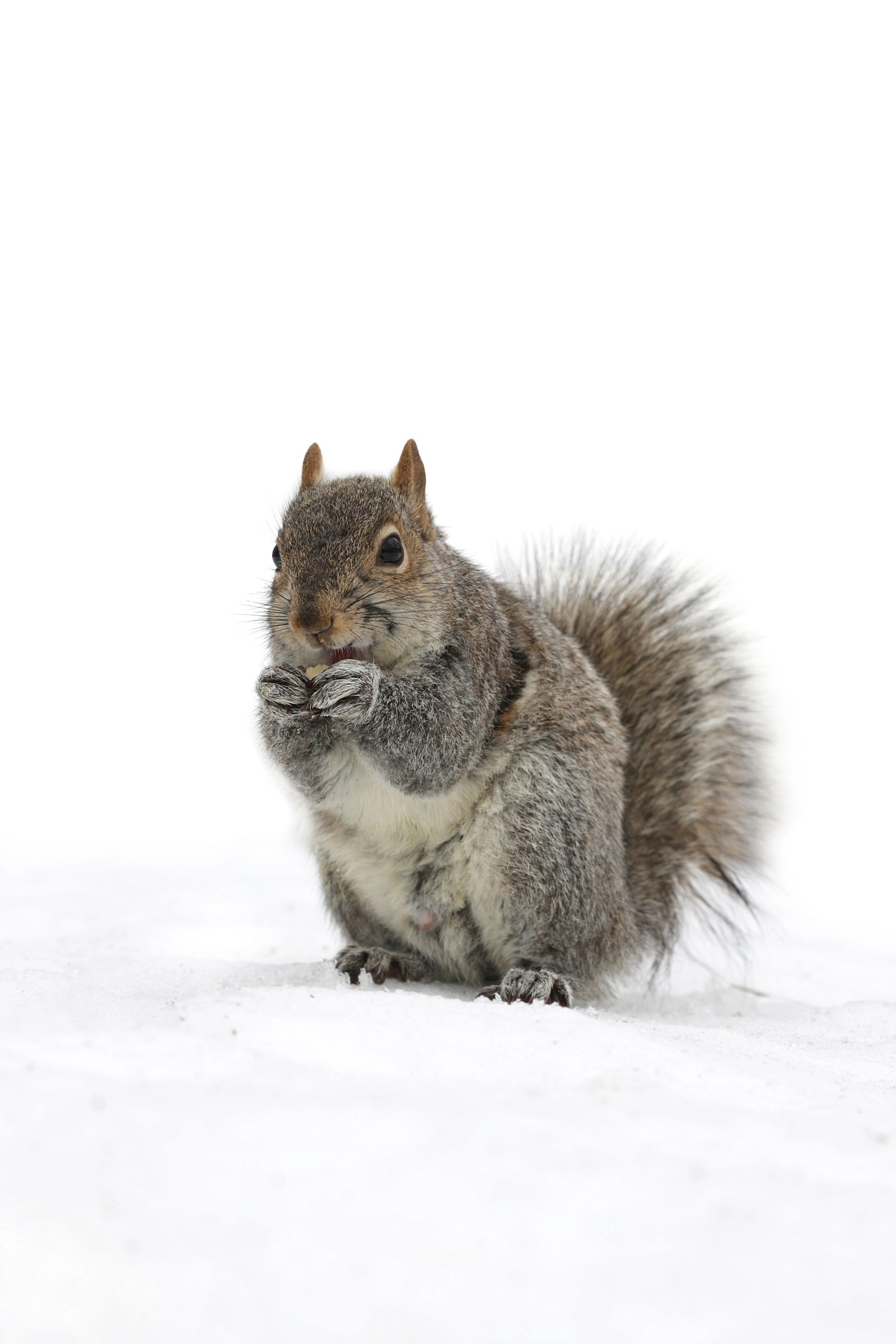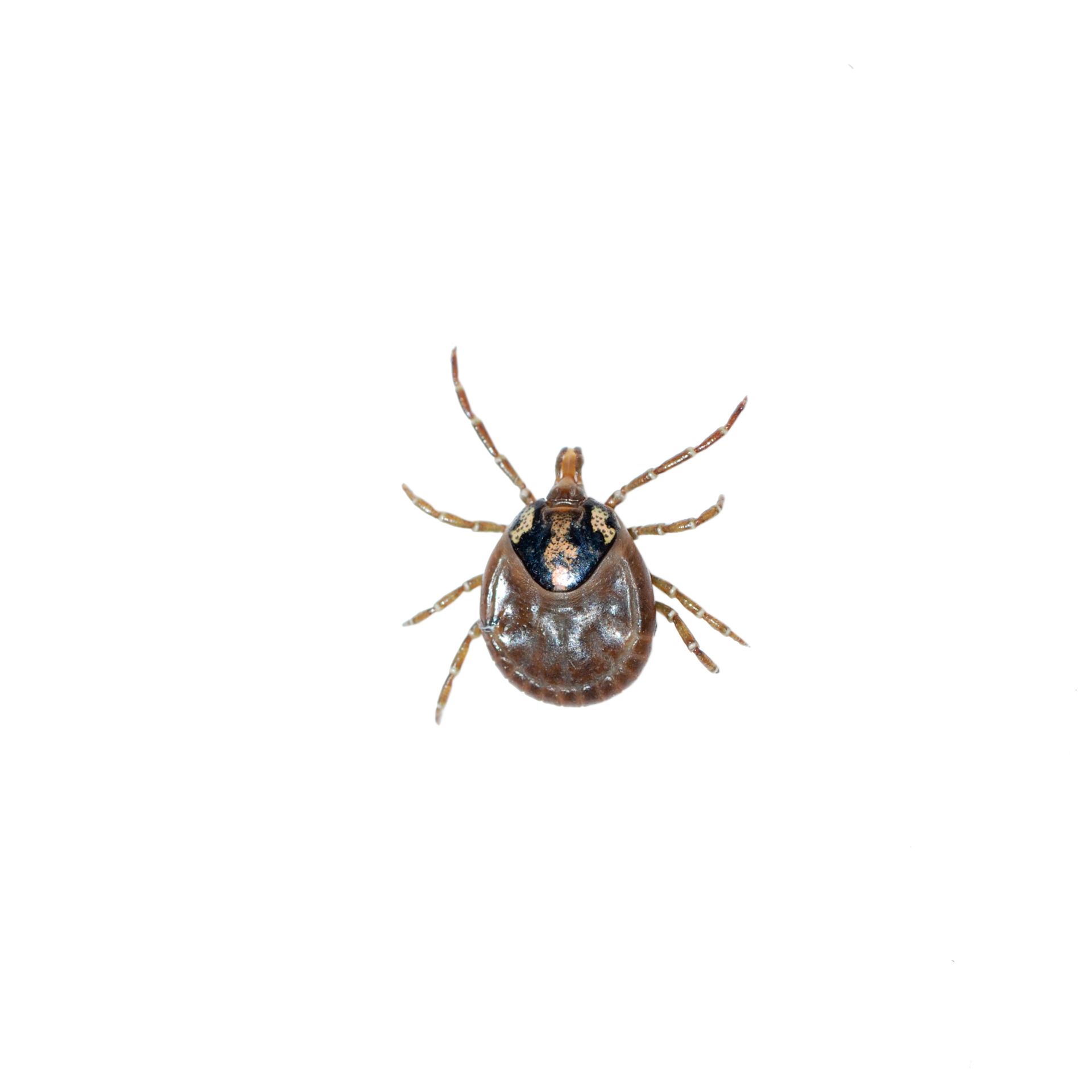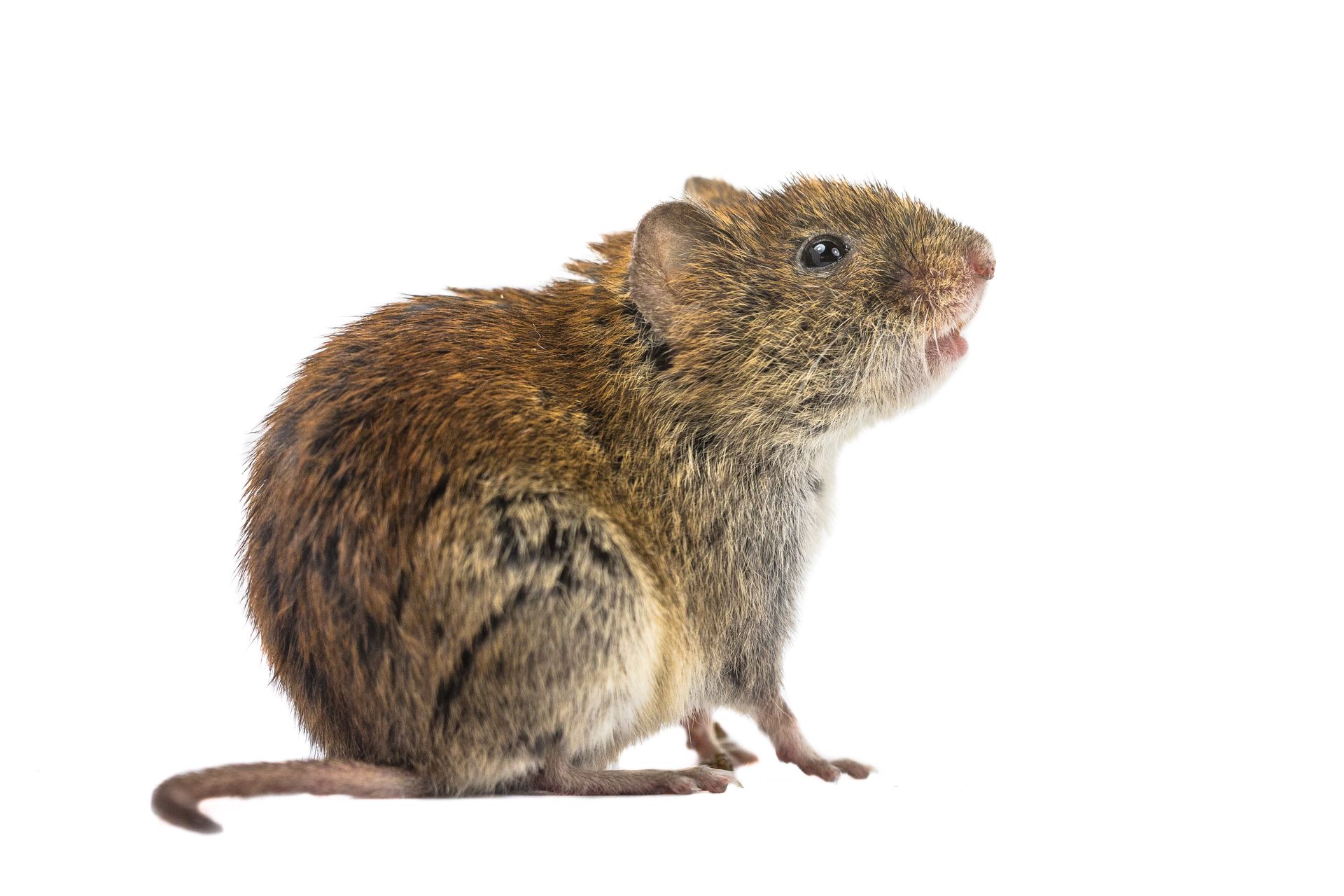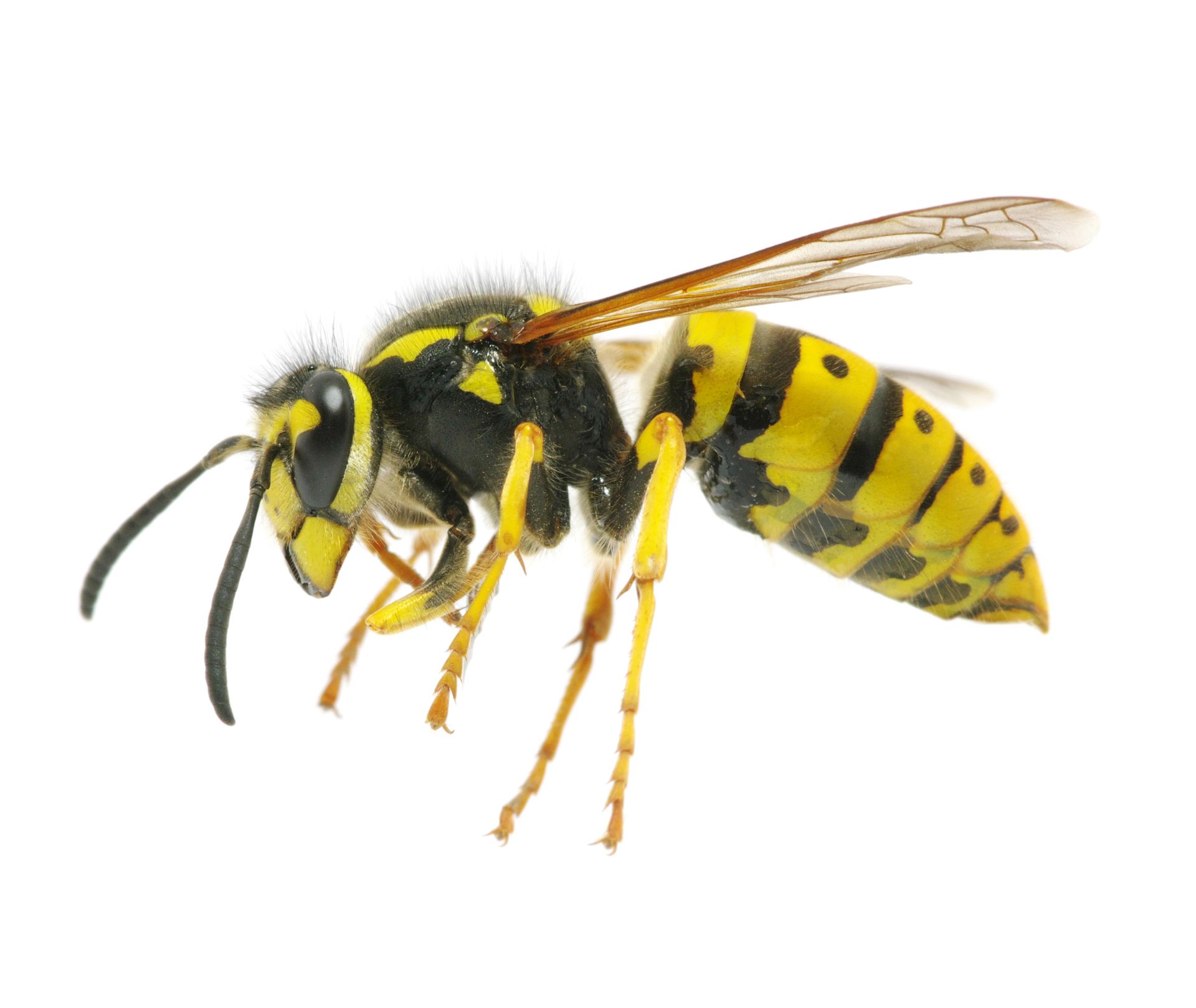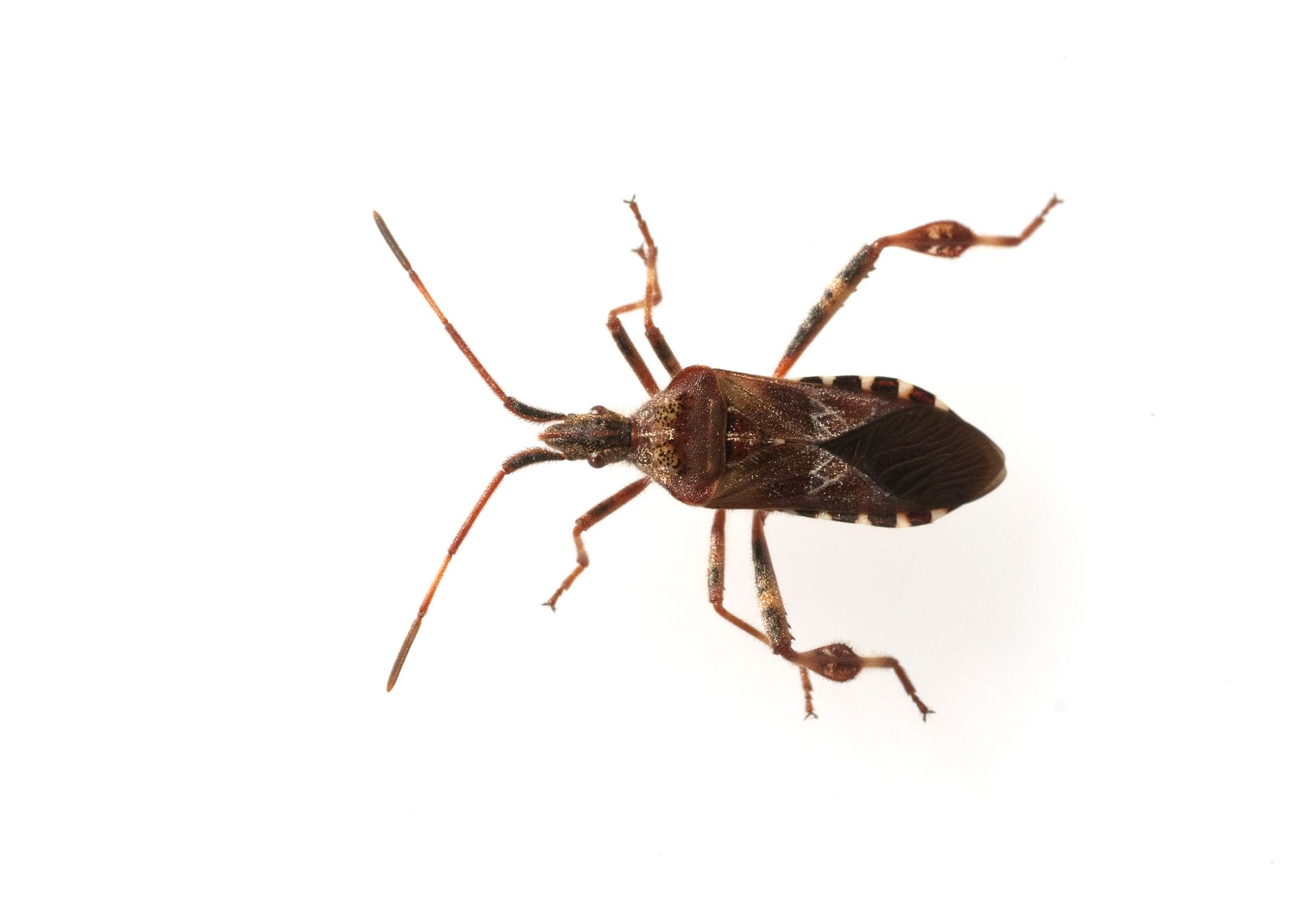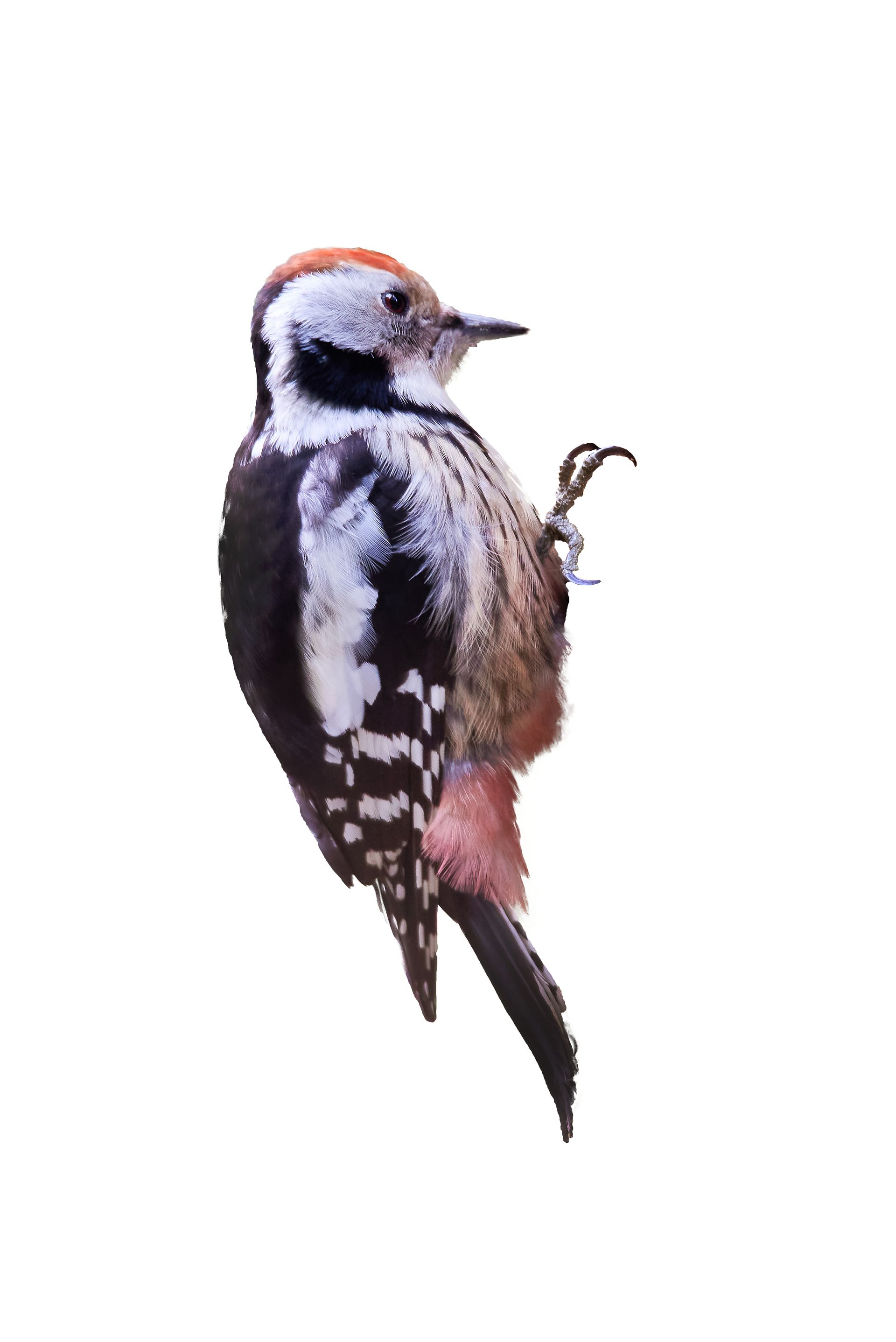Understanding Groundhogs in Wisconsin
Groundhogs, also known as woodchucks, are burrowing rodents commonly found throughout Wisconsin. While they contribute to the ecosystem by aerating the soil, their presence on residential or commercial properties can cause significant problems. Understanding where groundhogs are typically found, what attracts them, and why they are unsuitable for properties is essential for effective management and prevention.
Characteristics and Habitats of Groundhogs
Groundhogs are medium-sized rodents with strong, clawed forelimbs adapted for digging. They have dense fur, short legs, and bushy tails, with fur color ranging from brown to gray. Groundhogs are known for their extensive burrowing activities and the characteristic mounds of dirt they leave behind.
Groundhogs are typically found in:
Outdoors:
Fields and Meadows: Groundhogs thrive in open areas with loose, sandy soil that is easy to dig, such as fields, meadows, and prairies.
Gardens and Lawns: Residential gardens and lawns provide ample food supplies and suitable soil conditions for groundhogs to create their extensive burrow systems.
Agricultural Areas: Farmlands and crop fields are also common habitats for groundhogs, where they can cause significant damage to crops.
Attractions on Properties
Groundhogs are attracted to properties for several reasons:
Food Sources: Groundhogs primarily feed on the roots, tubers, and bulbs of plants. Properties with lush gardens, lawns, and crop fields provide abundant food sources for these rodents.
Soil Conditions: Loose, sandy, and well-drained soils are ideal for groundhog burrowing activities, making such properties particularly attractive.
Vegetation: Properties with a variety of vegetation, including ornamental plants, shrubs, and trees, can attract groundhogs seeking food and shelter.
Why Groundhogs Are Not Suitable for Properties
While groundhogs play a beneficial role in natural ecosystems, their presence on properties can lead to several significant problems:
Property Damage:
Burrowing: Groundhogs create extensive tunnel systems underground, which can weaken the soil structure and cause damage to lawns, gardens, and landscaping.
Plant Destruction: Groundhogs feed on the roots and bulbs of plants, leading to the destruction of gardens, ornamental plants, and crops. This can result in significant economic losses for homeowners and farmers.
Soil Erosion:
Unstable Ground: The tunneling activity of groundhogs can cause the ground to become unstable, leading to soil erosion and sinkholes. This can create hazardous conditions on properties and may require costly repairs.
Infrastructure Damage:
Utility Lines: Groundhog burrowing can damage underground utility lines, including irrigation systems, electrical cables, and water pipes. This can lead to service disruptions and expensive repairs.
Foundations: Groundhogs burrowing near building foundations can compromise the structural integrity of homes and other structures.
Nuisance:
Unsightly Mounds: Groundhogs push soil to the surface, creating unsightly mounds that can mar the appearance of lawns and gardens.
Difficult to Control: Groundhogs are solitary and territorial, making them difficult to control once they establish a burrow system on a property.
Prevention and Control
To prevent and control groundhog infestations on properties, consider the following strategies:
Physical Barriers:
Wire Mesh: Install wire mesh or hardware cloth underground around gardens and flowerbeds to prevent groundhogs from accessing plant roots.
Raised Beds: Use raised garden beds with a wire mesh bottom to protect plants from groundhog damage.
Habitat Modification:
Remove Attractants: Reduce the attractiveness of your property by removing excess vegetation, ground cover, and debris that can provide food and shelter for groundhogs.
Proper Lawn Maintenance: Regularly mow lawns and trim vegetation to discourage groundhogs from settling.
Repellents:
Natural Repellents: Use natural repellents, such as castor oil-based products, to deter groundhogs from burrowing in your yard.
Plant Selection: Incorporate groundhog-resistant plants, such as daffodils and marigolds, into your landscaping to reduce groundhog activity.
Trapping:
Live Traps: Use live traps to capture and relocate groundhogs. This method requires knowledge of groundhog behavior and may need professional assistance.
Professional Pest Control: For severe infestations, contact a professional pest control service like BugBoss The X-Terminator for effective groundhog management. Professionals can provide targeted treatments and long-term solutions.
Understanding the habits and risks associated with groundhogs in Wisconsin is crucial for protecting your property from damage. If you suspect a groundhog problem, taking swift action can prevent further issues and ensure a safe and attractive landscape. Trust BugBoss The X-Terminator to provide expert advice and effective groundhog control solutions tailored to your needs.
Local Pests & Wildlife in Wisconsin

